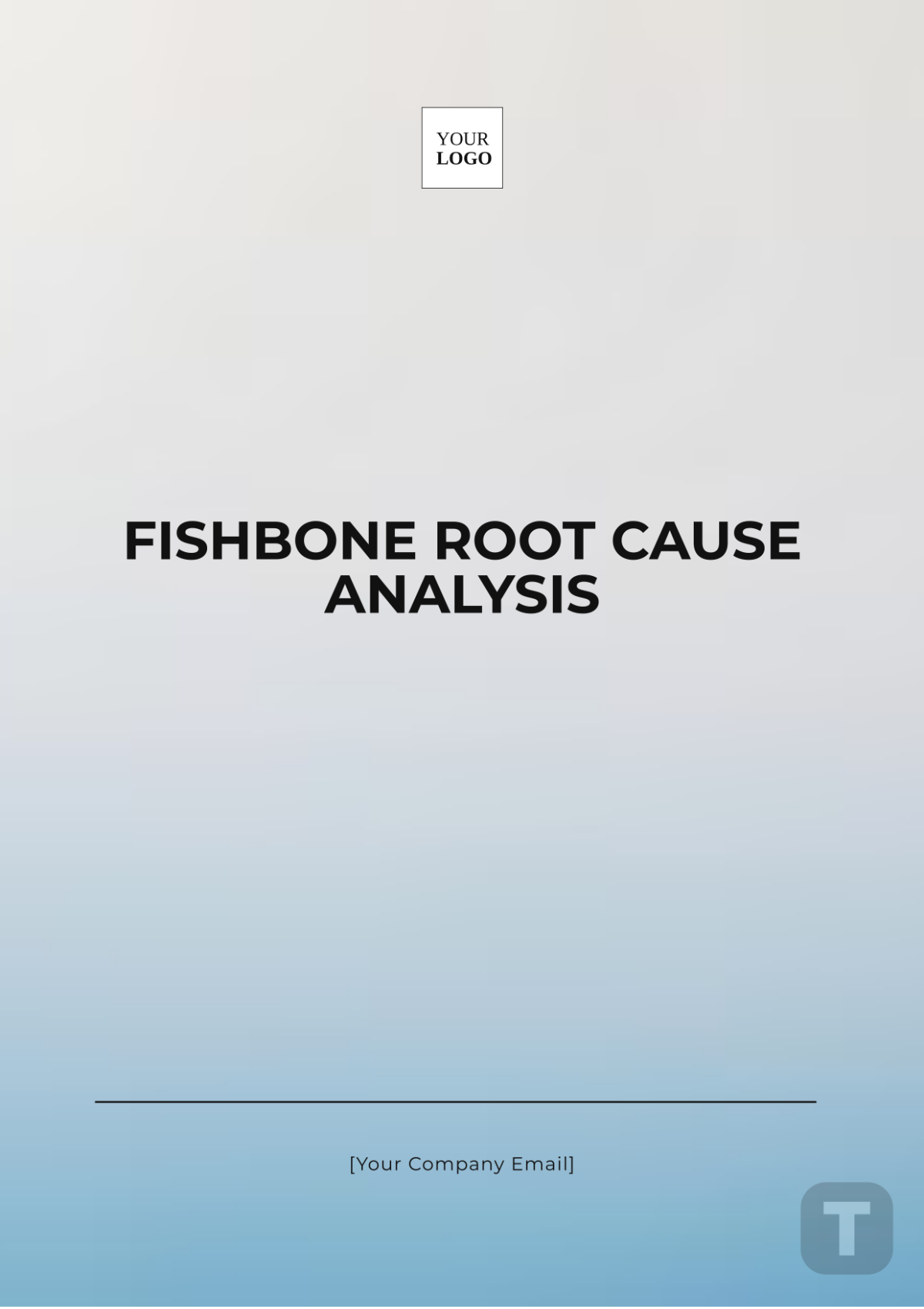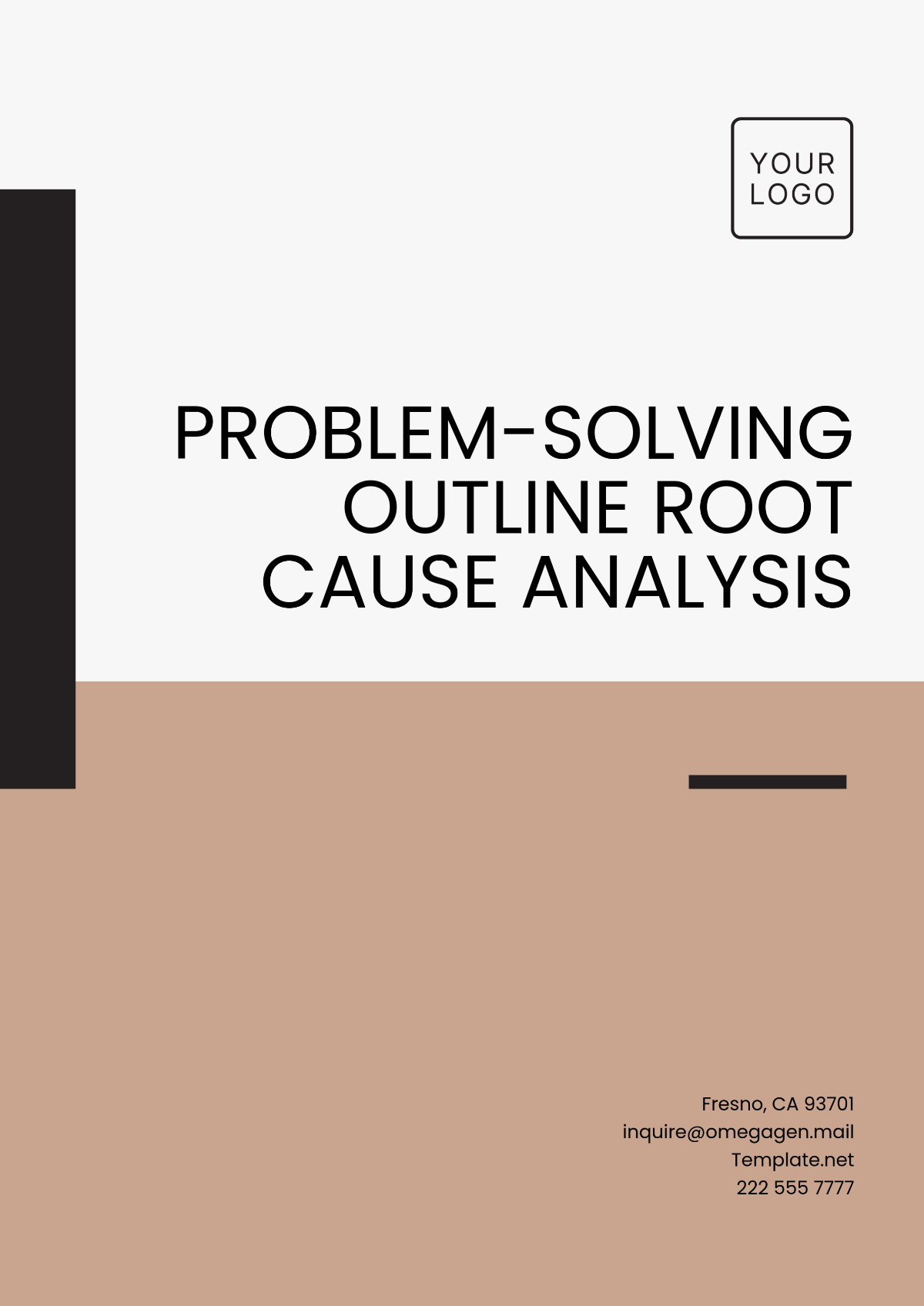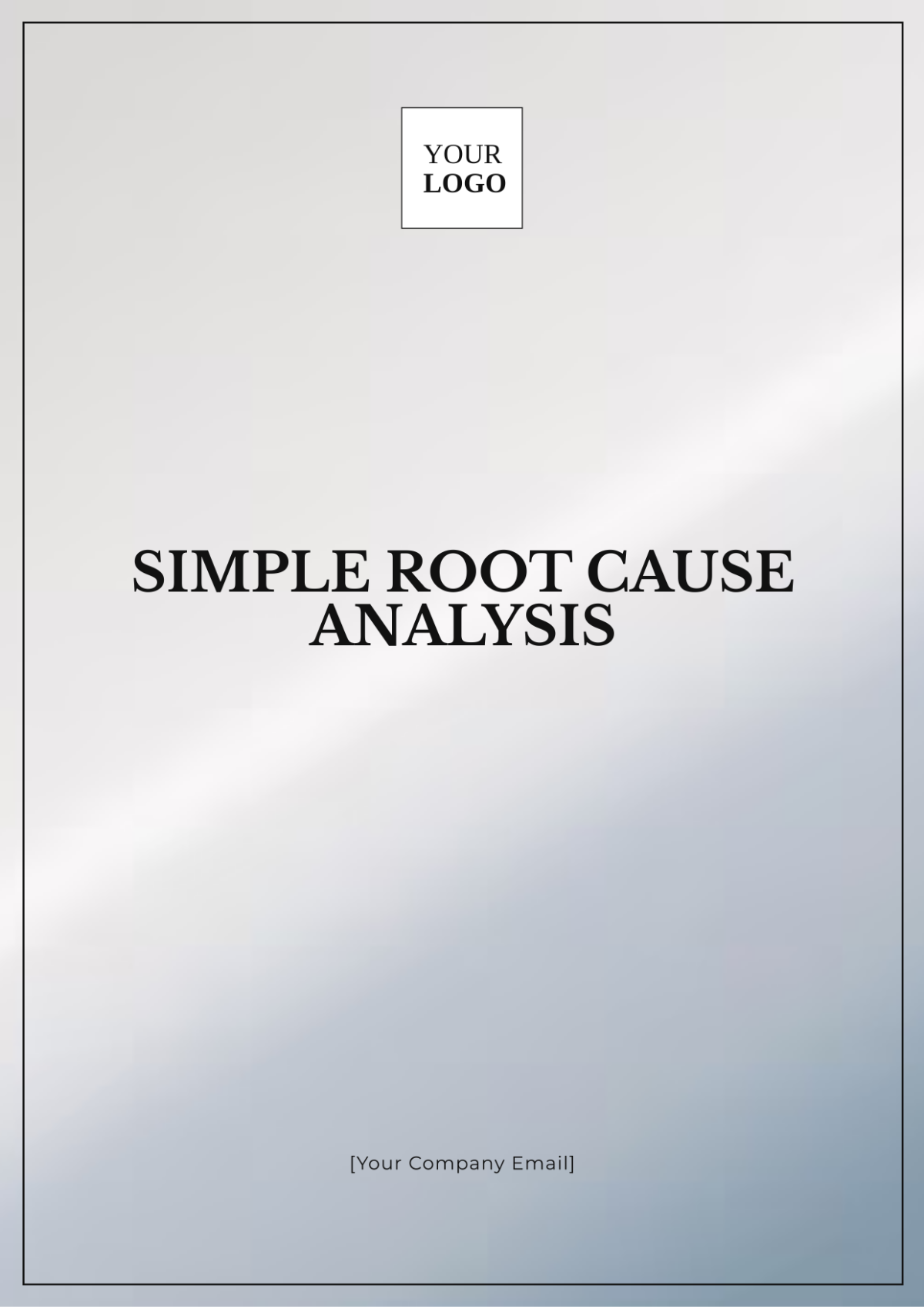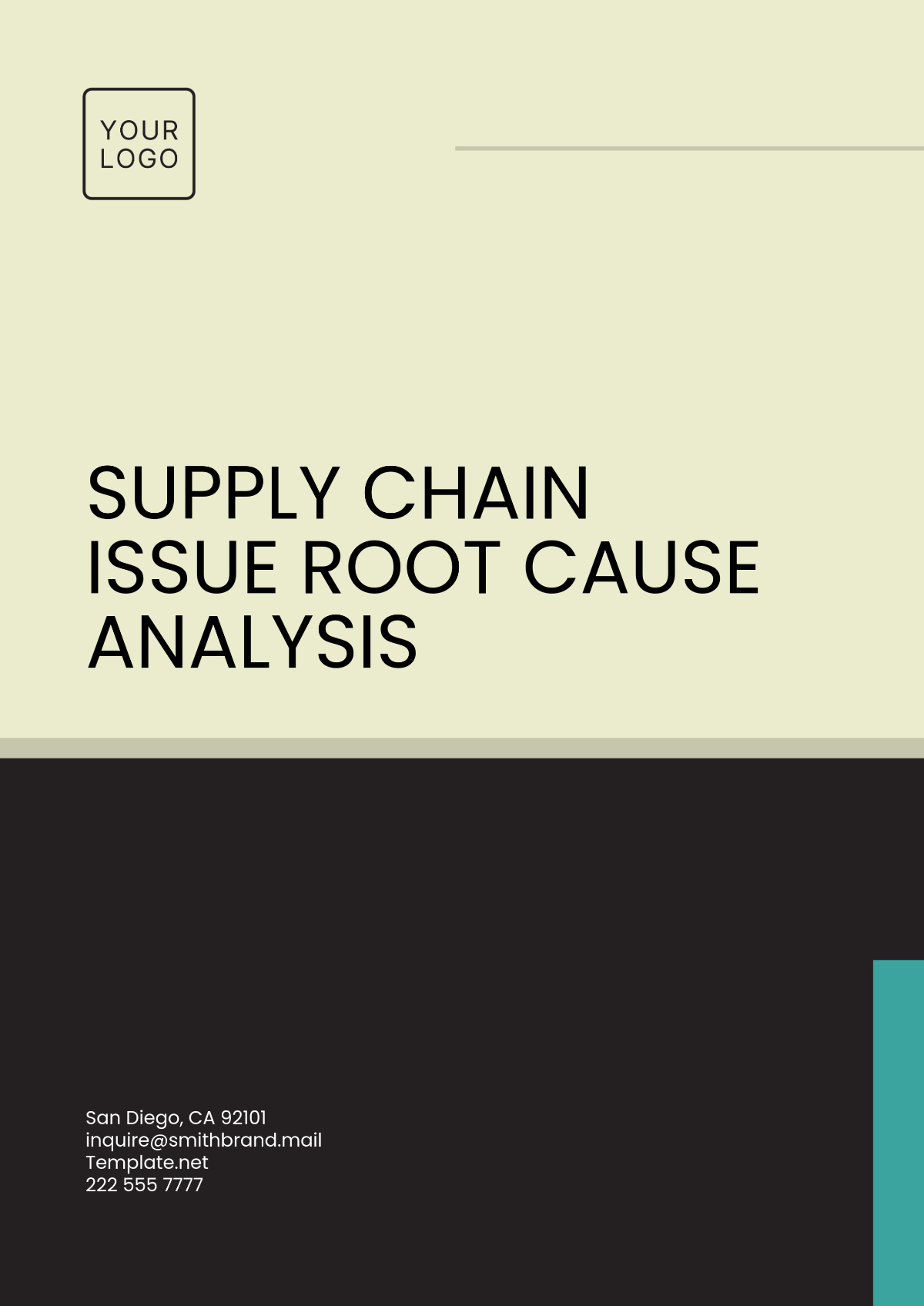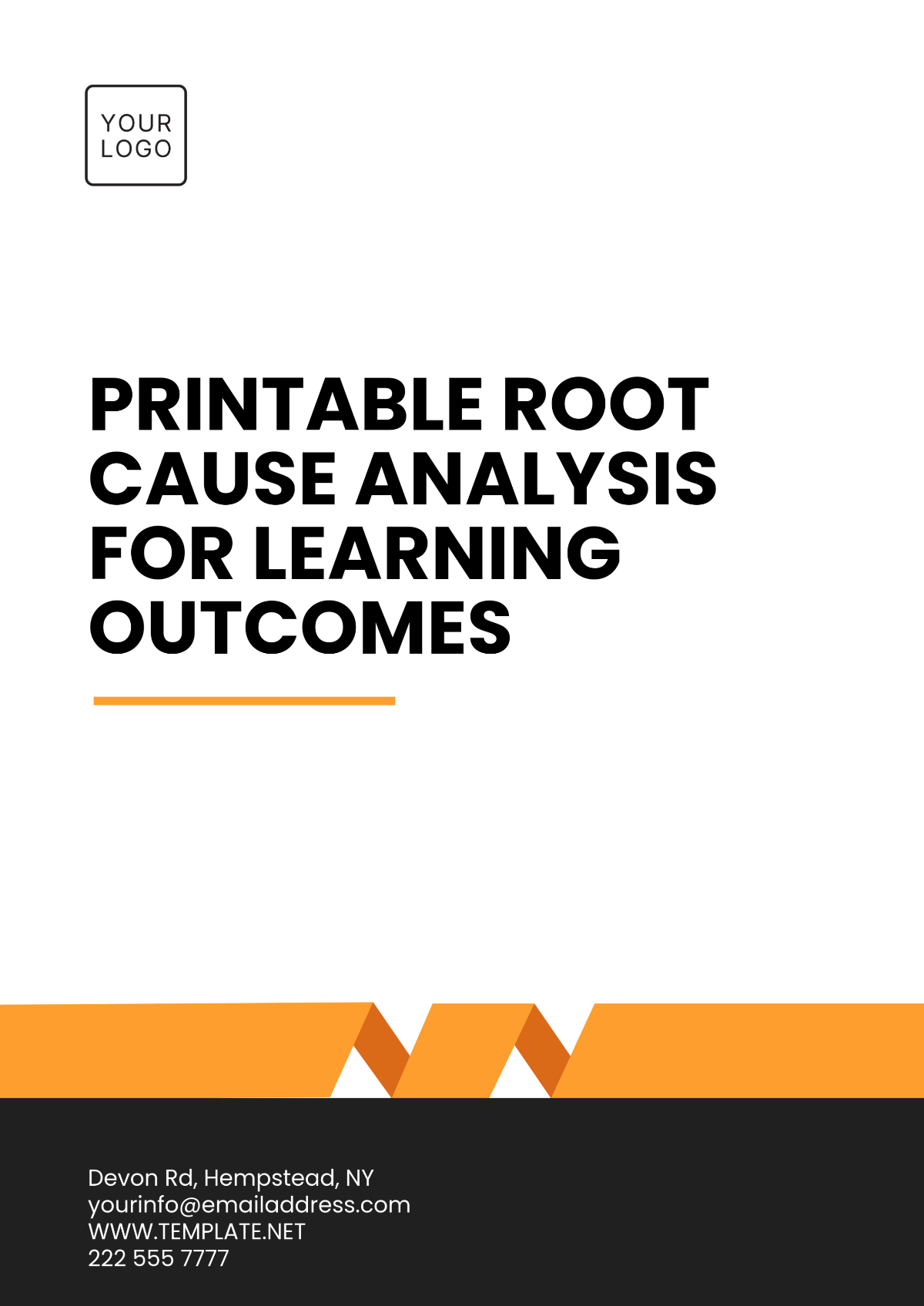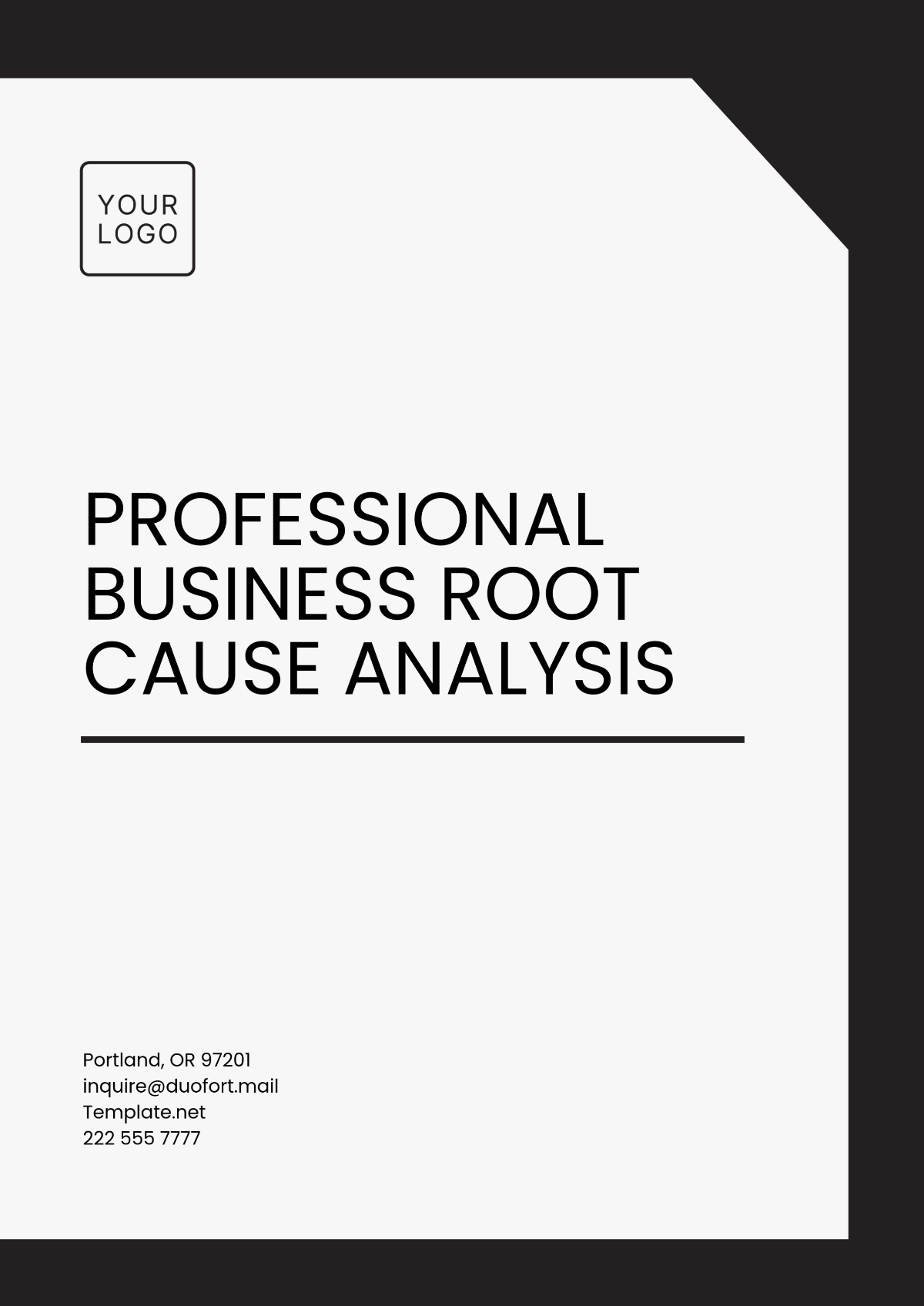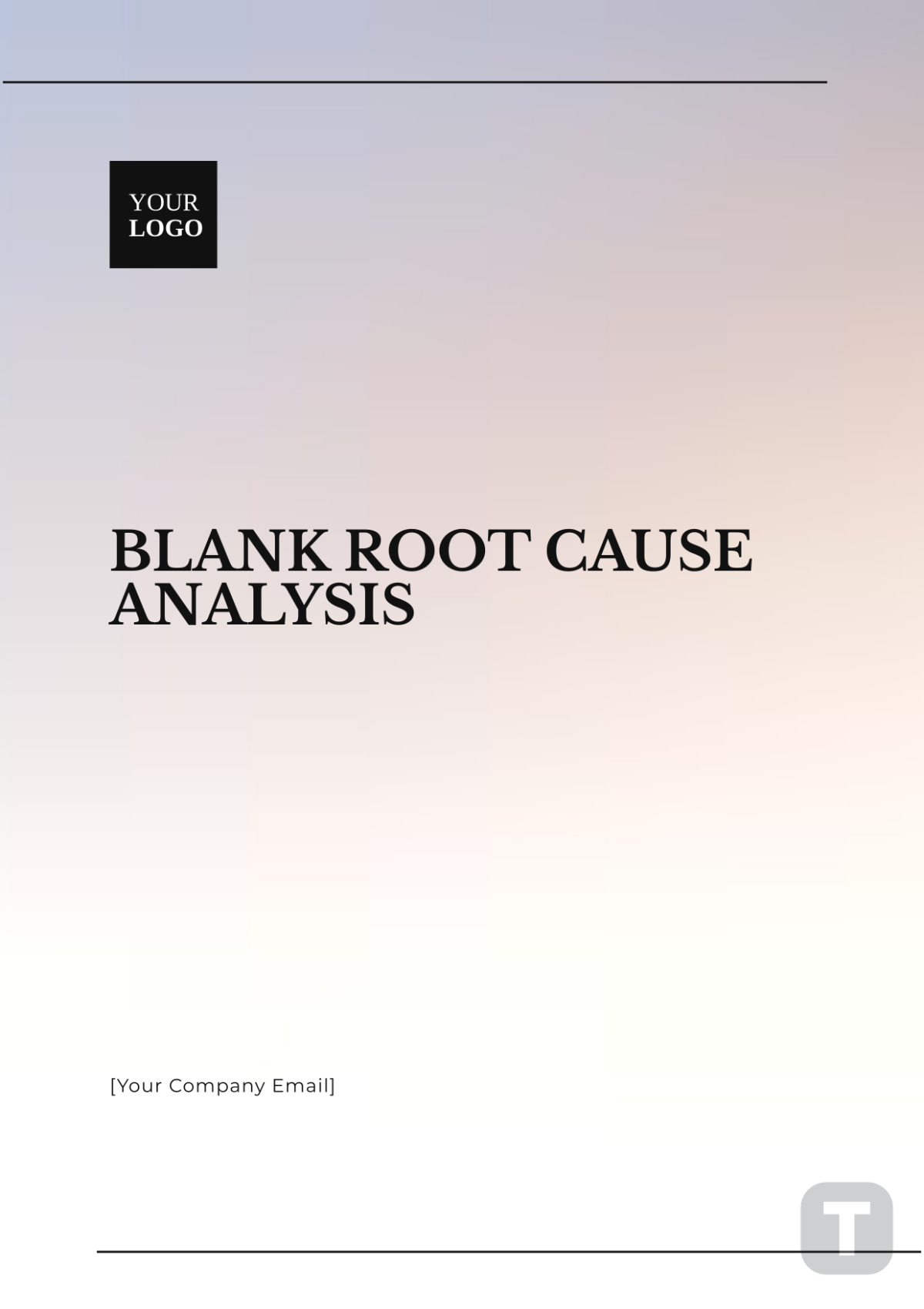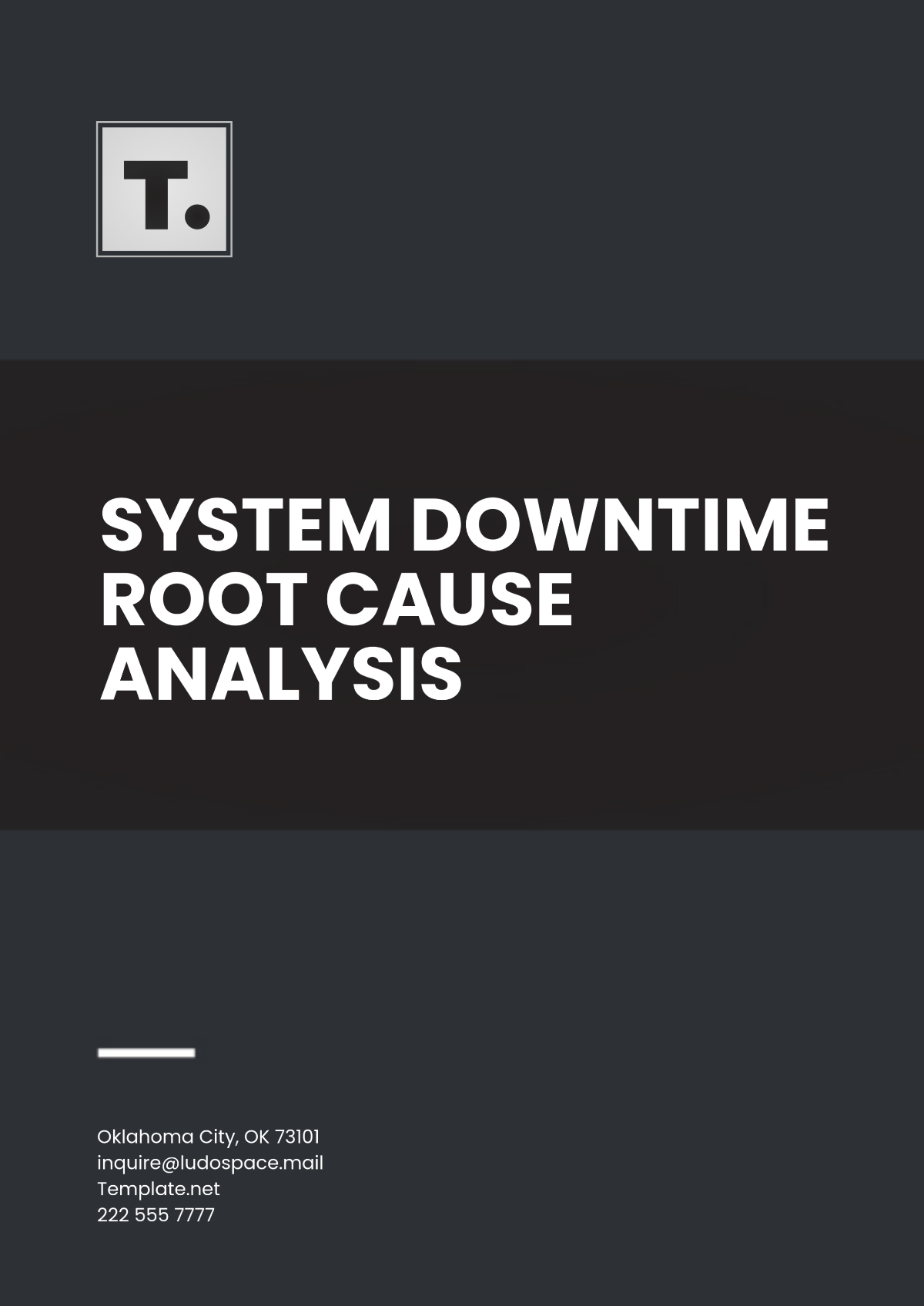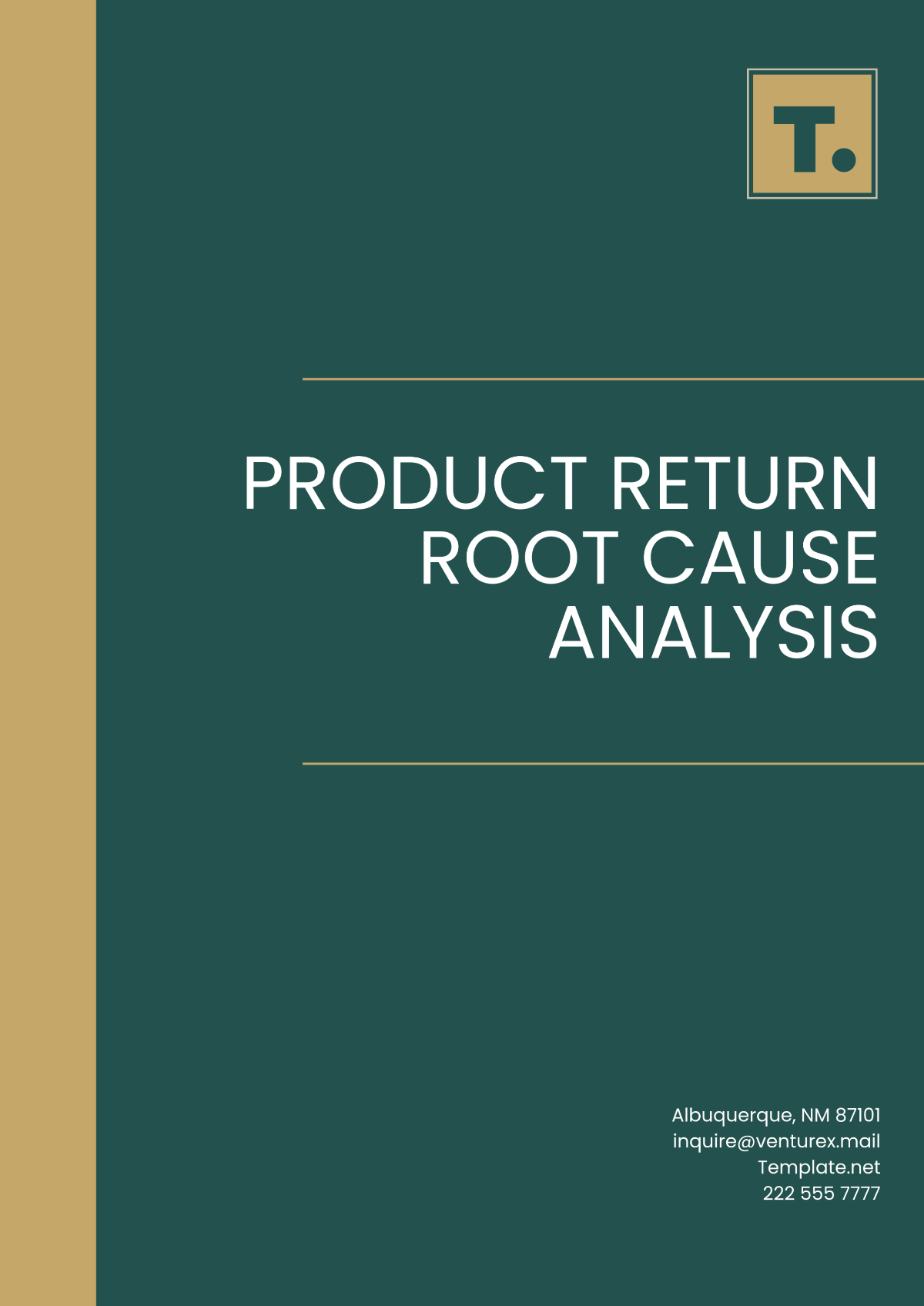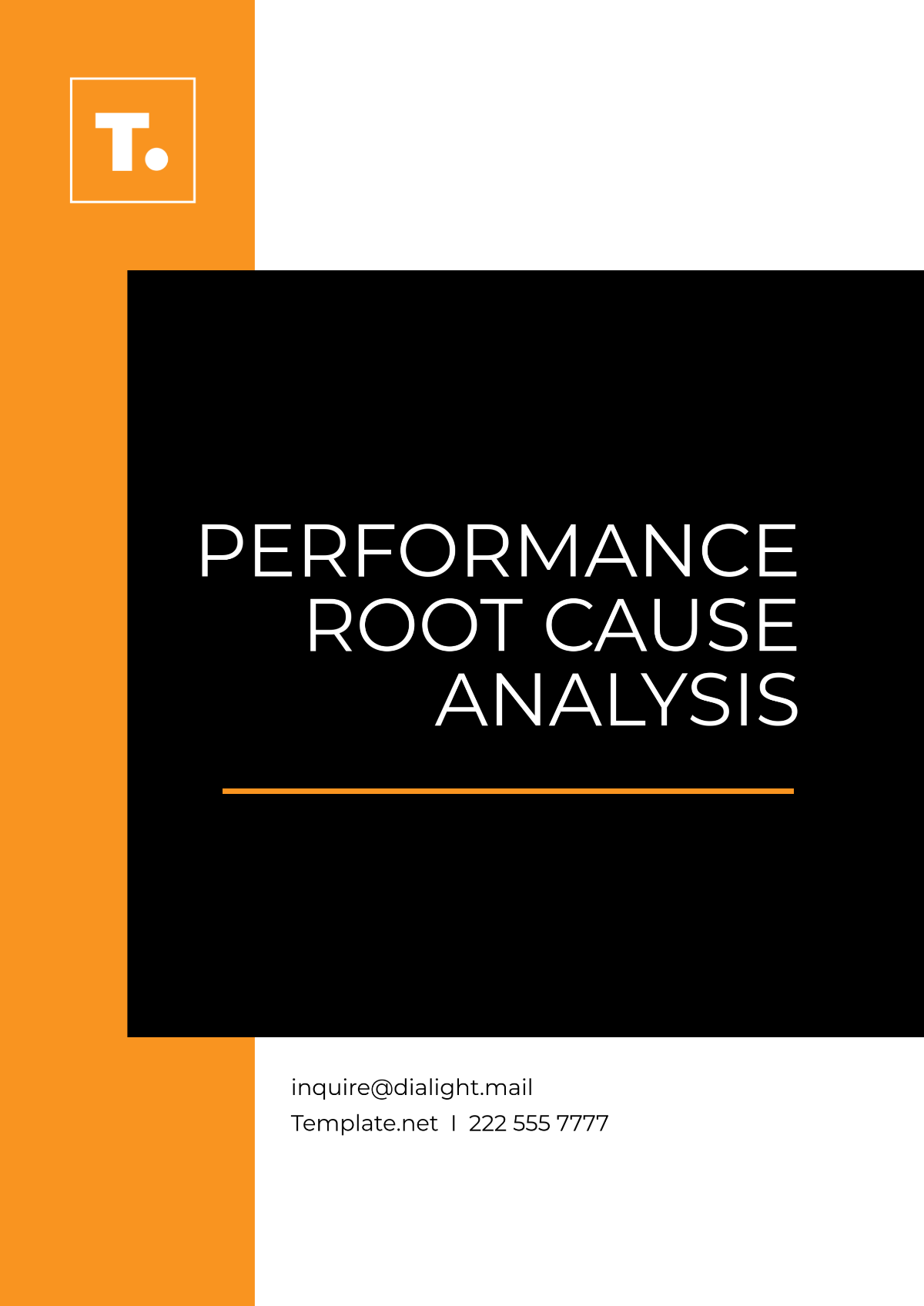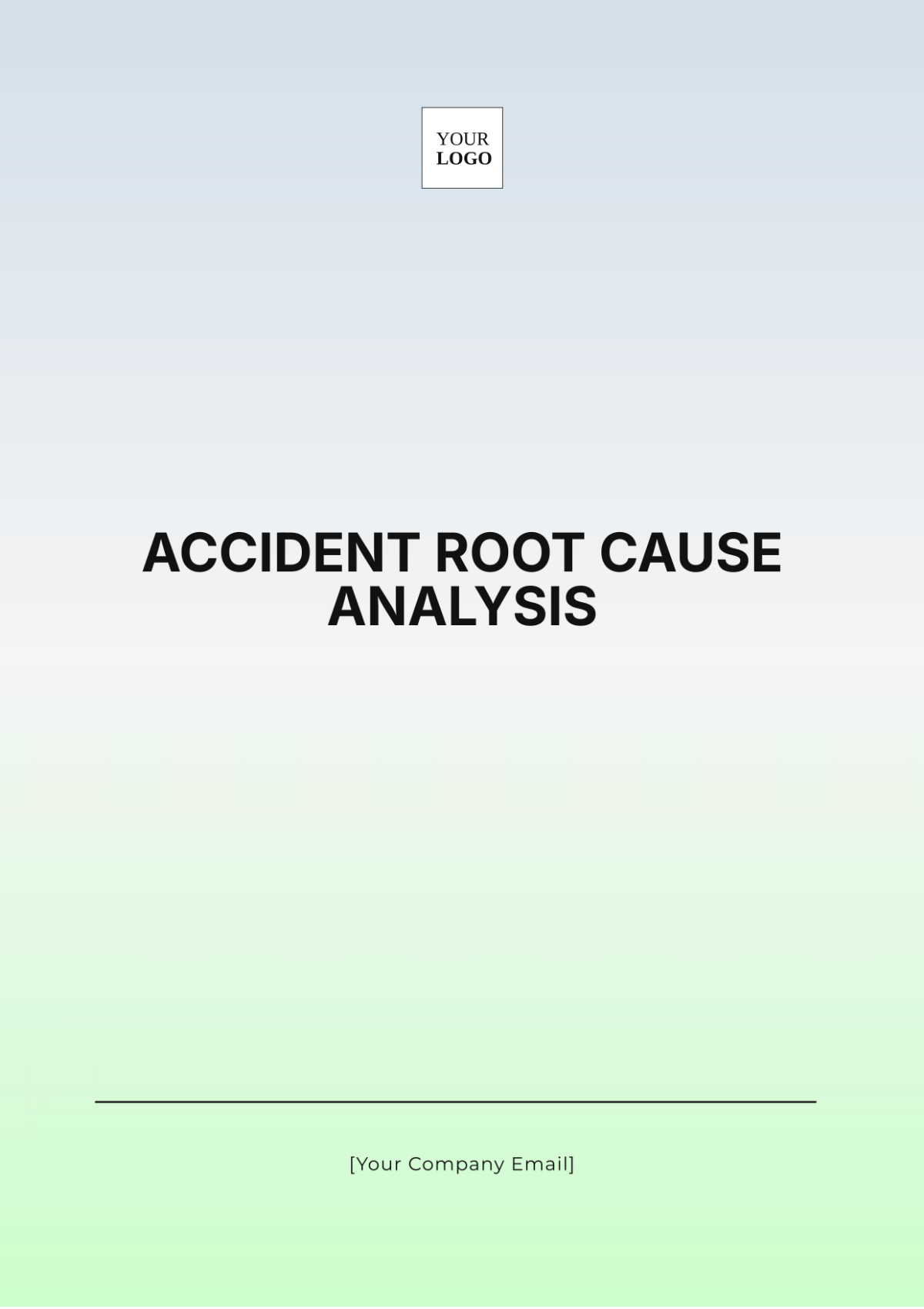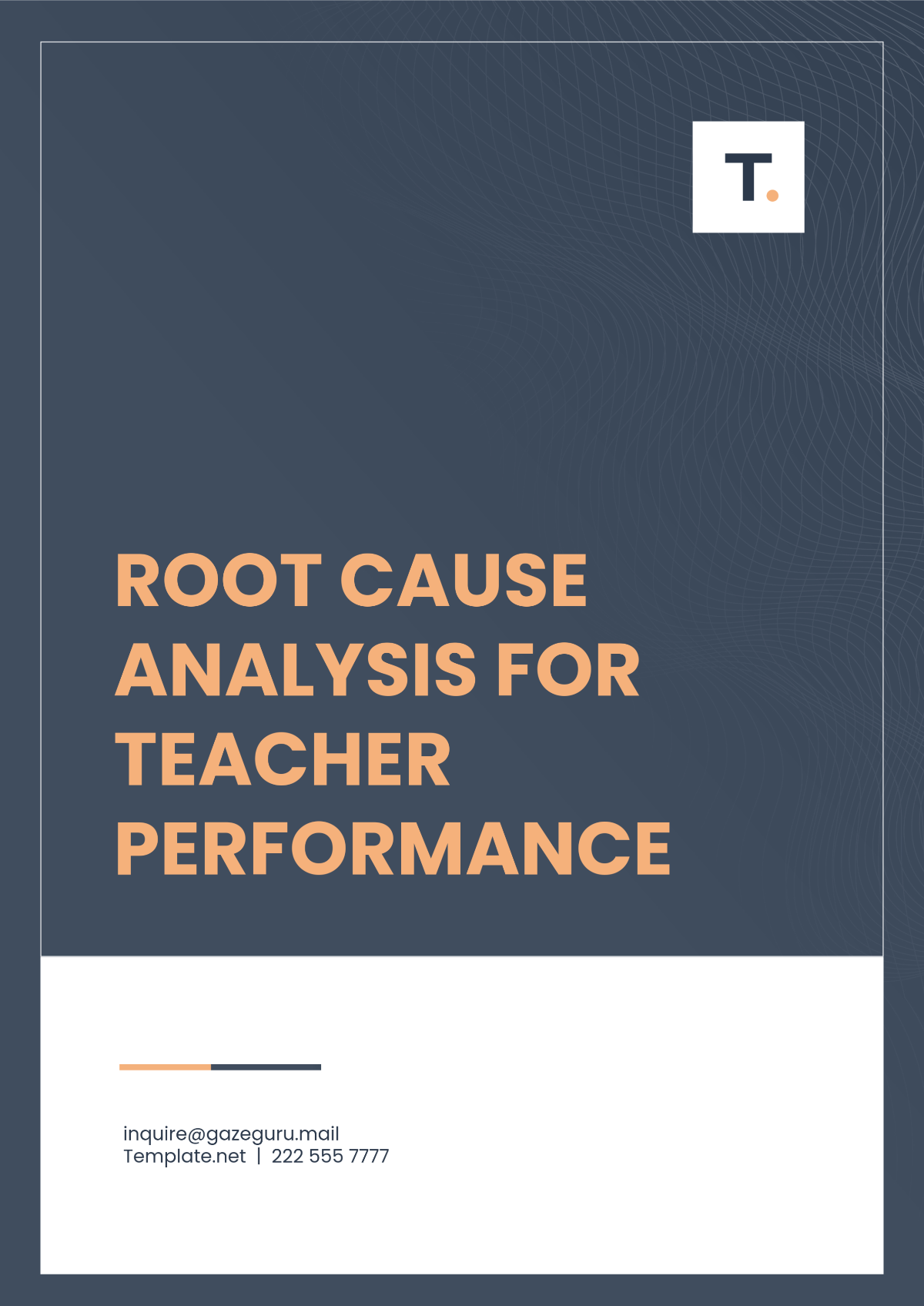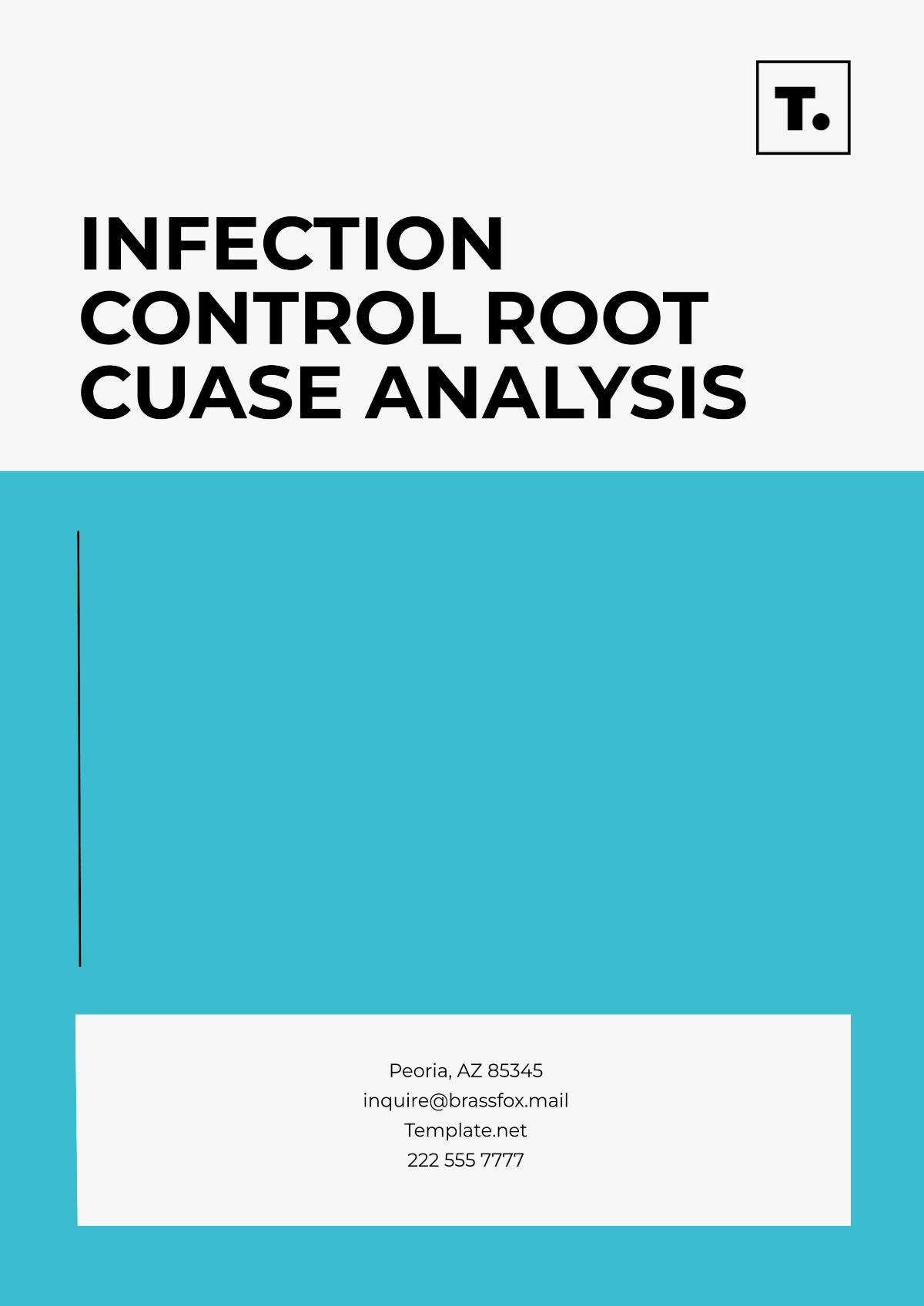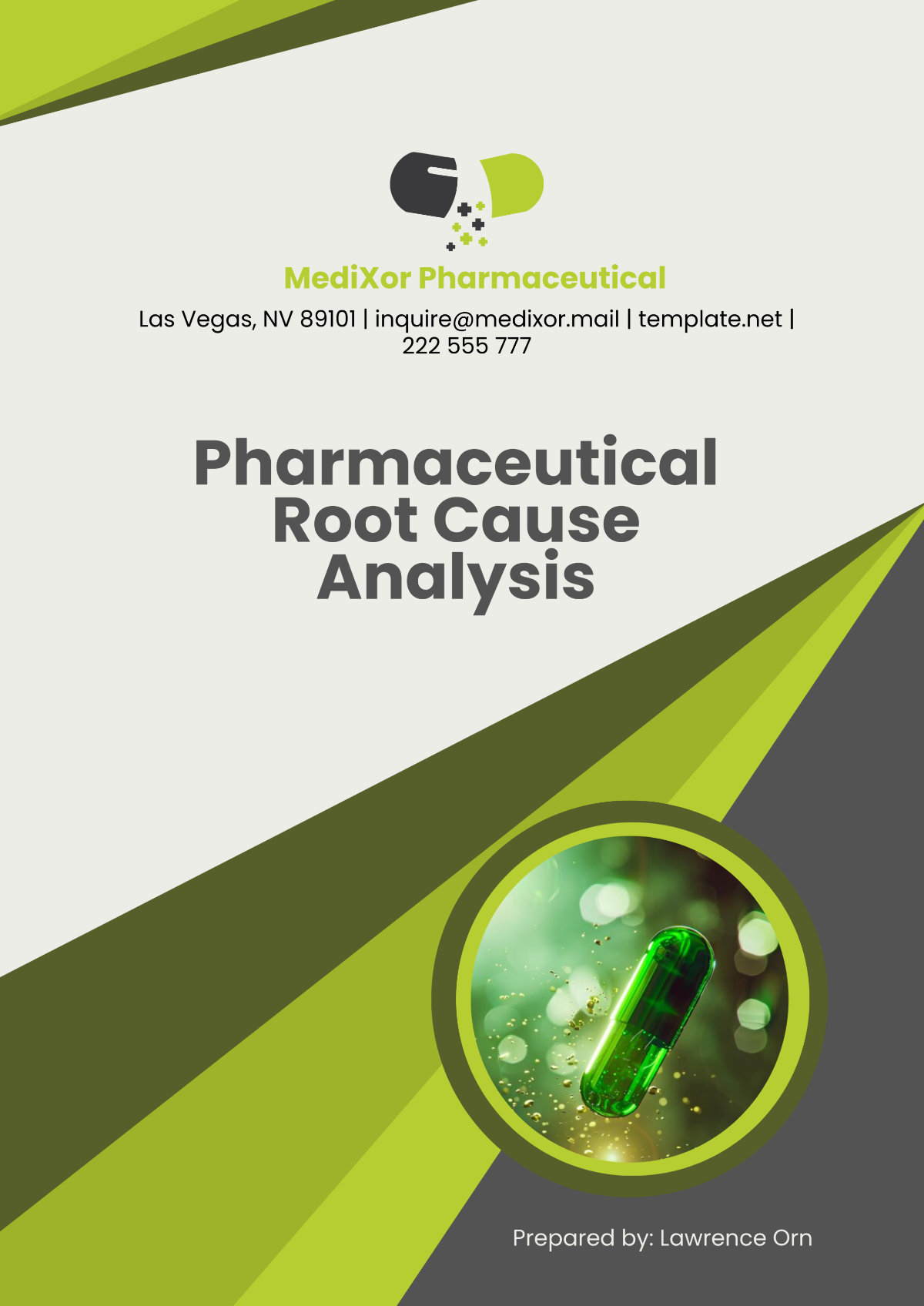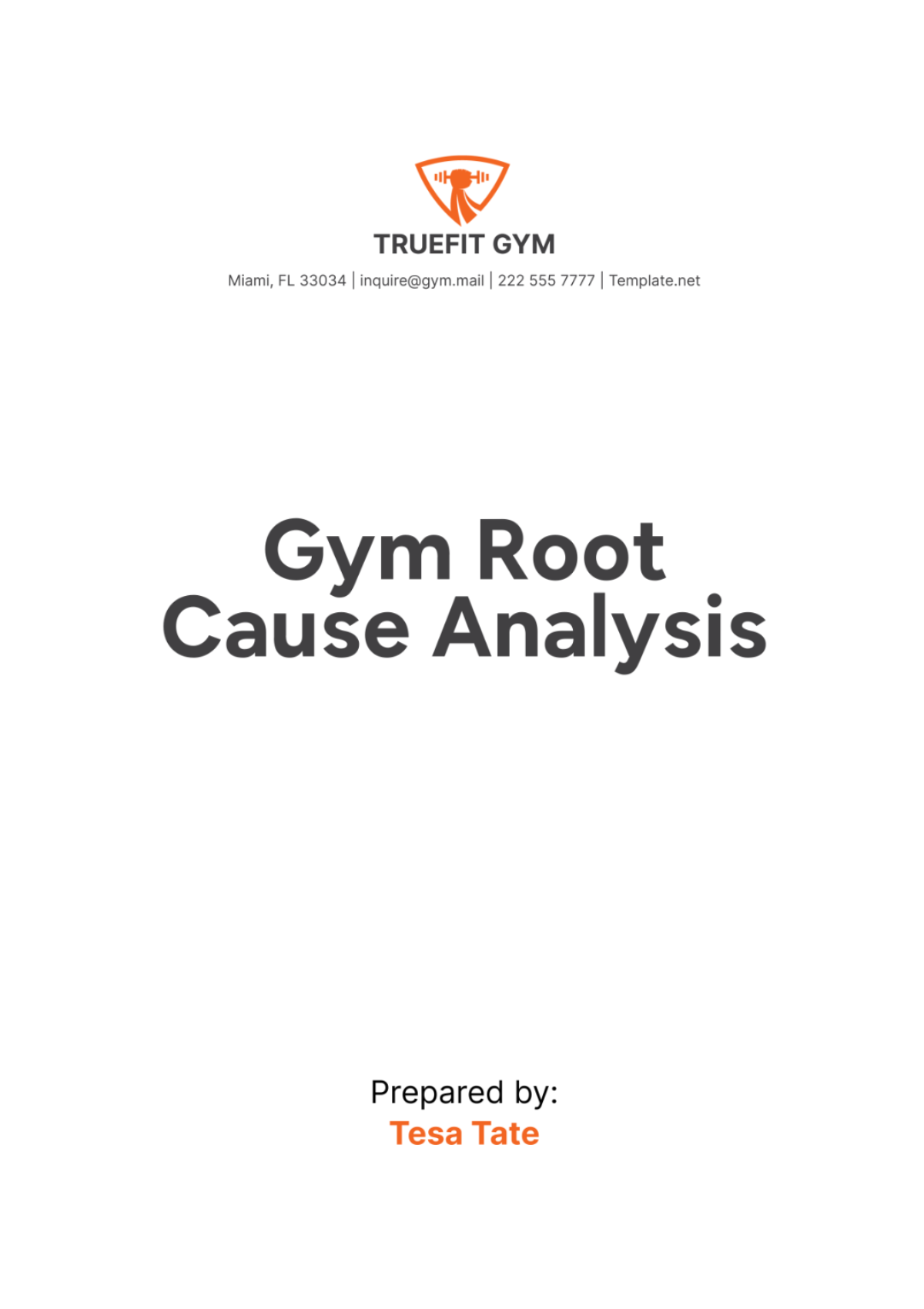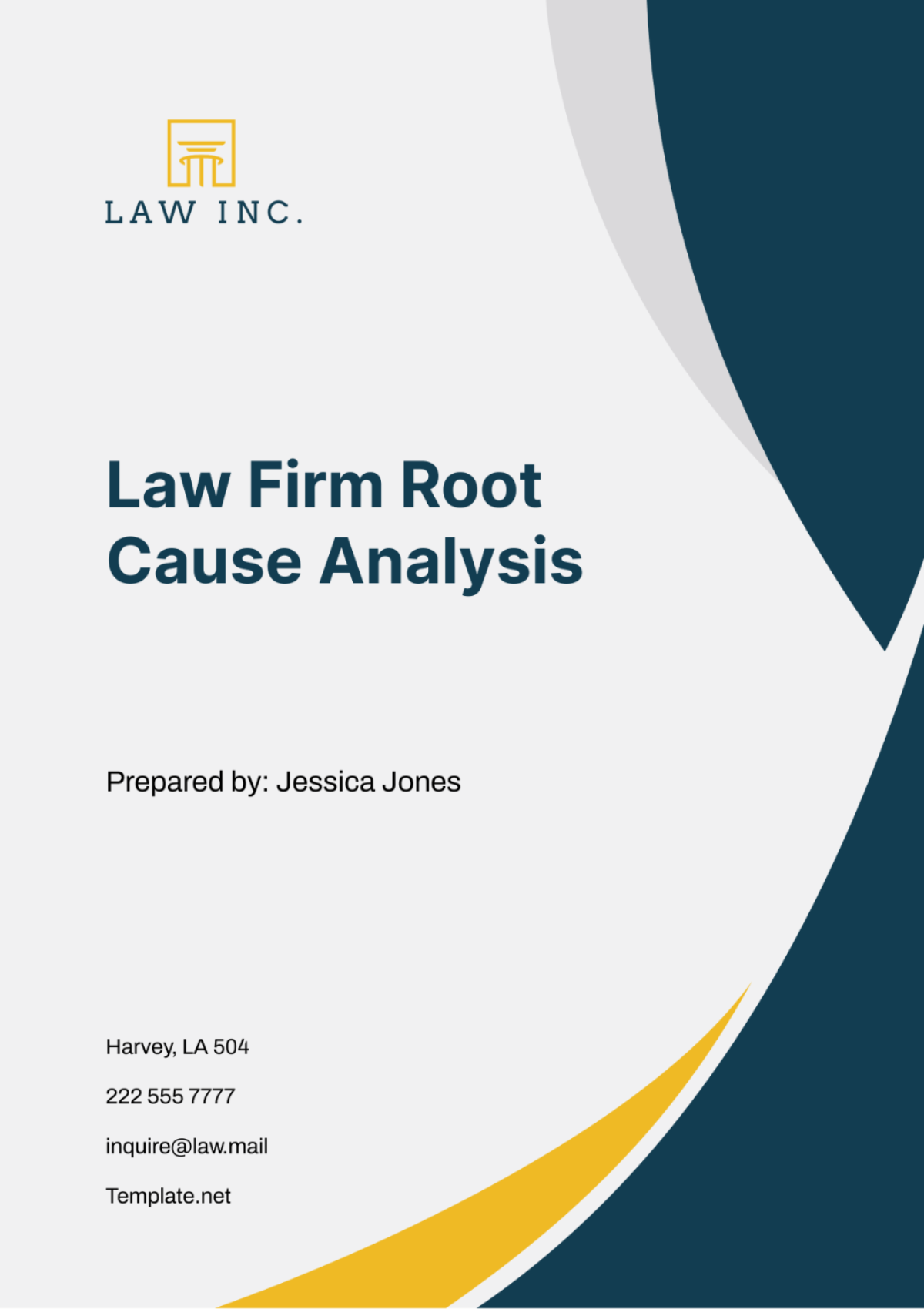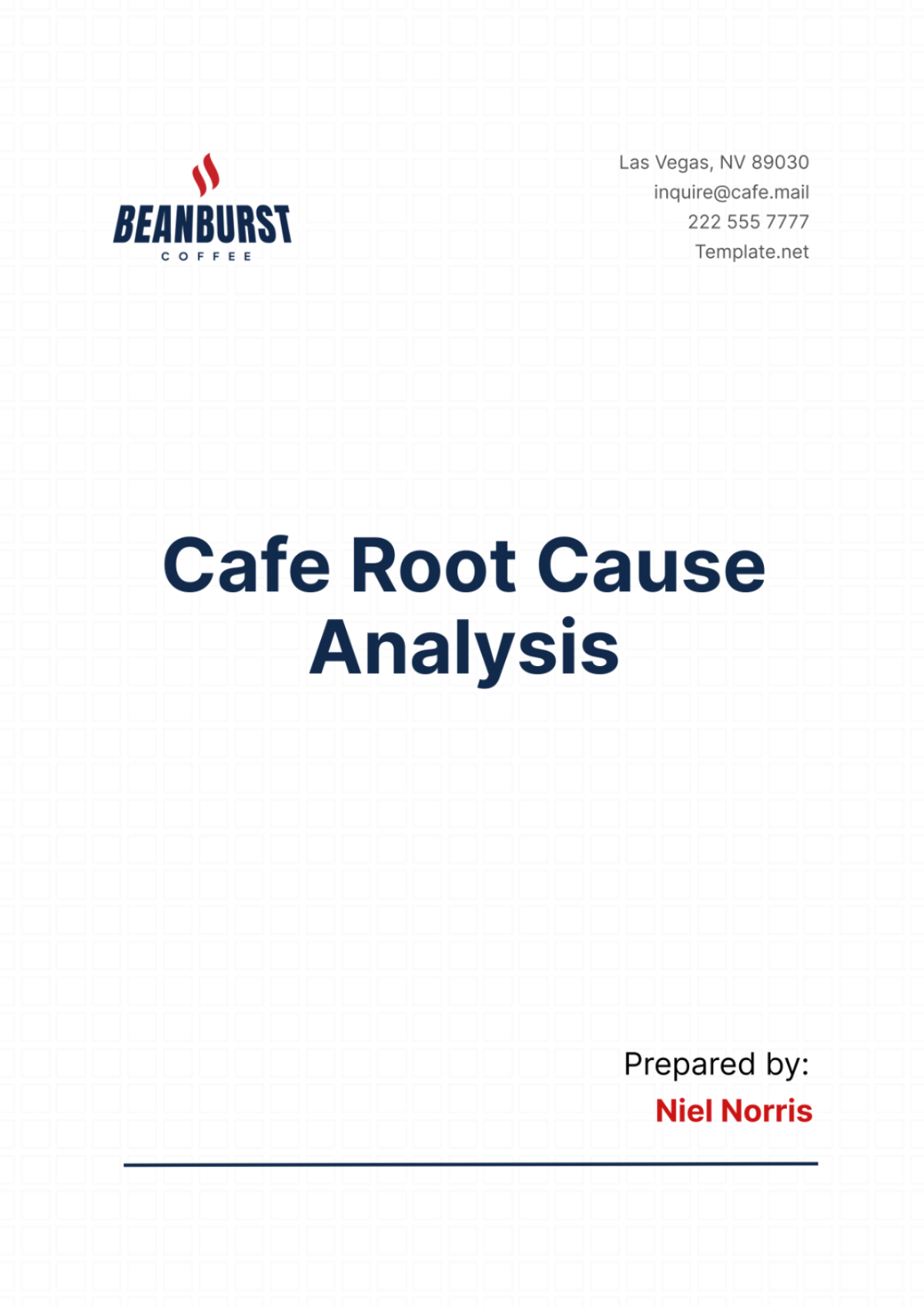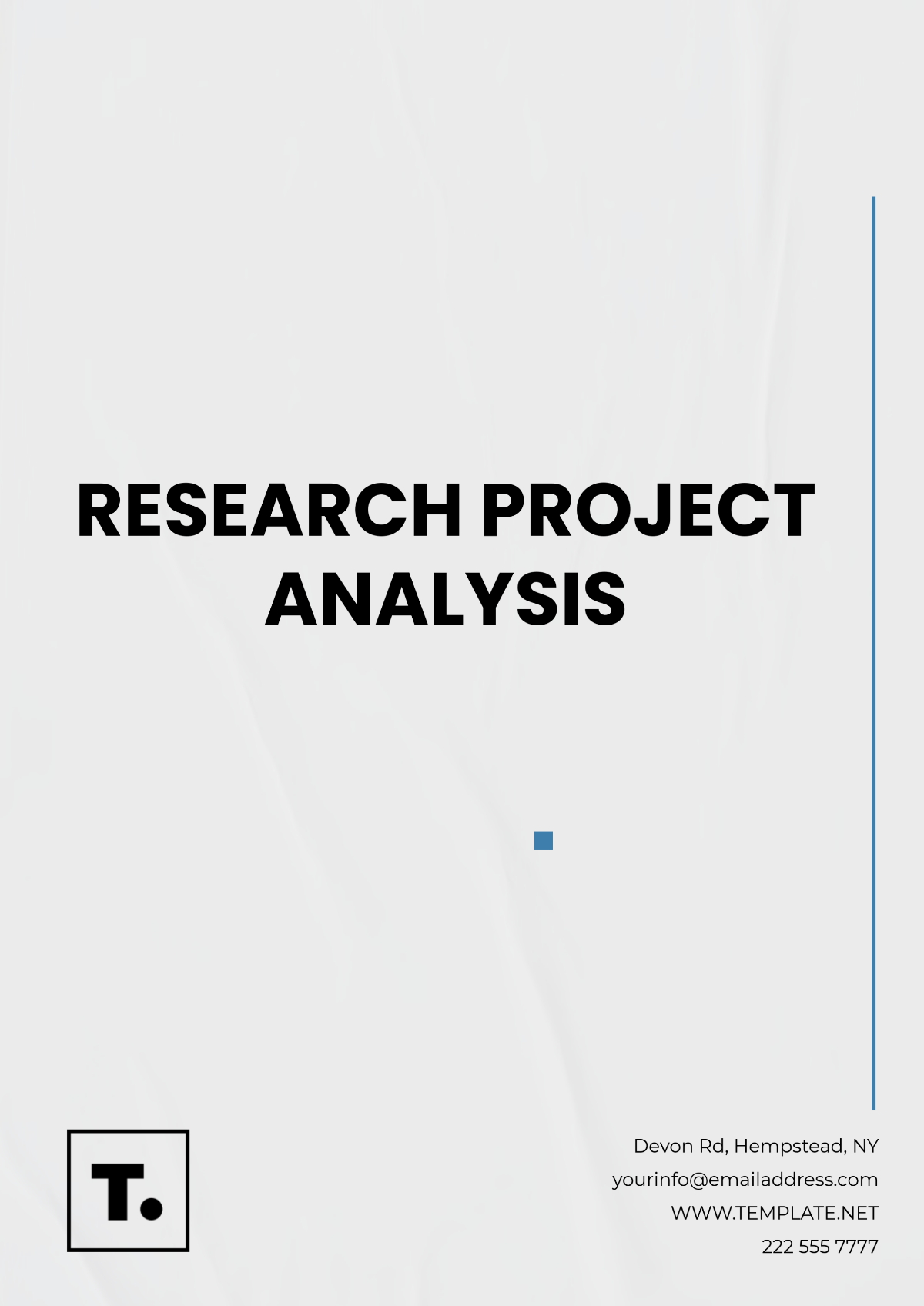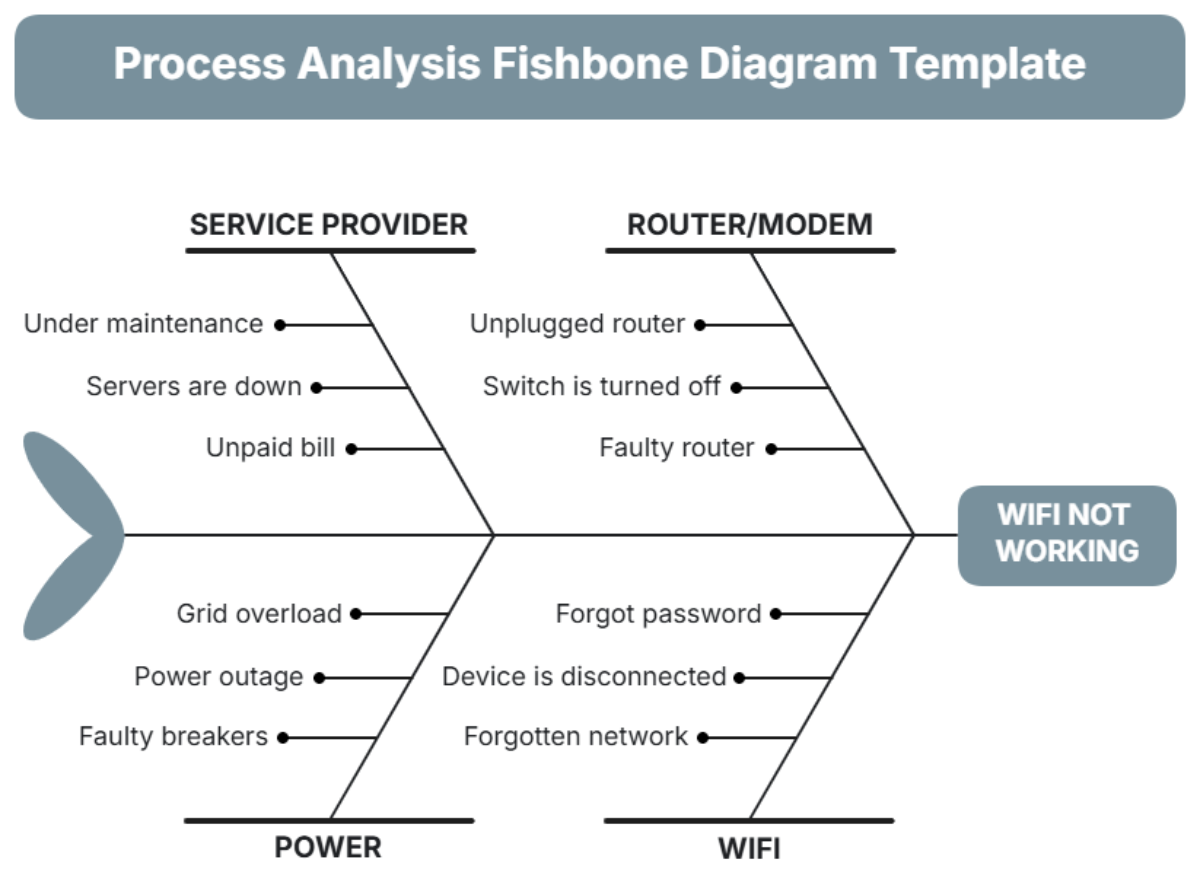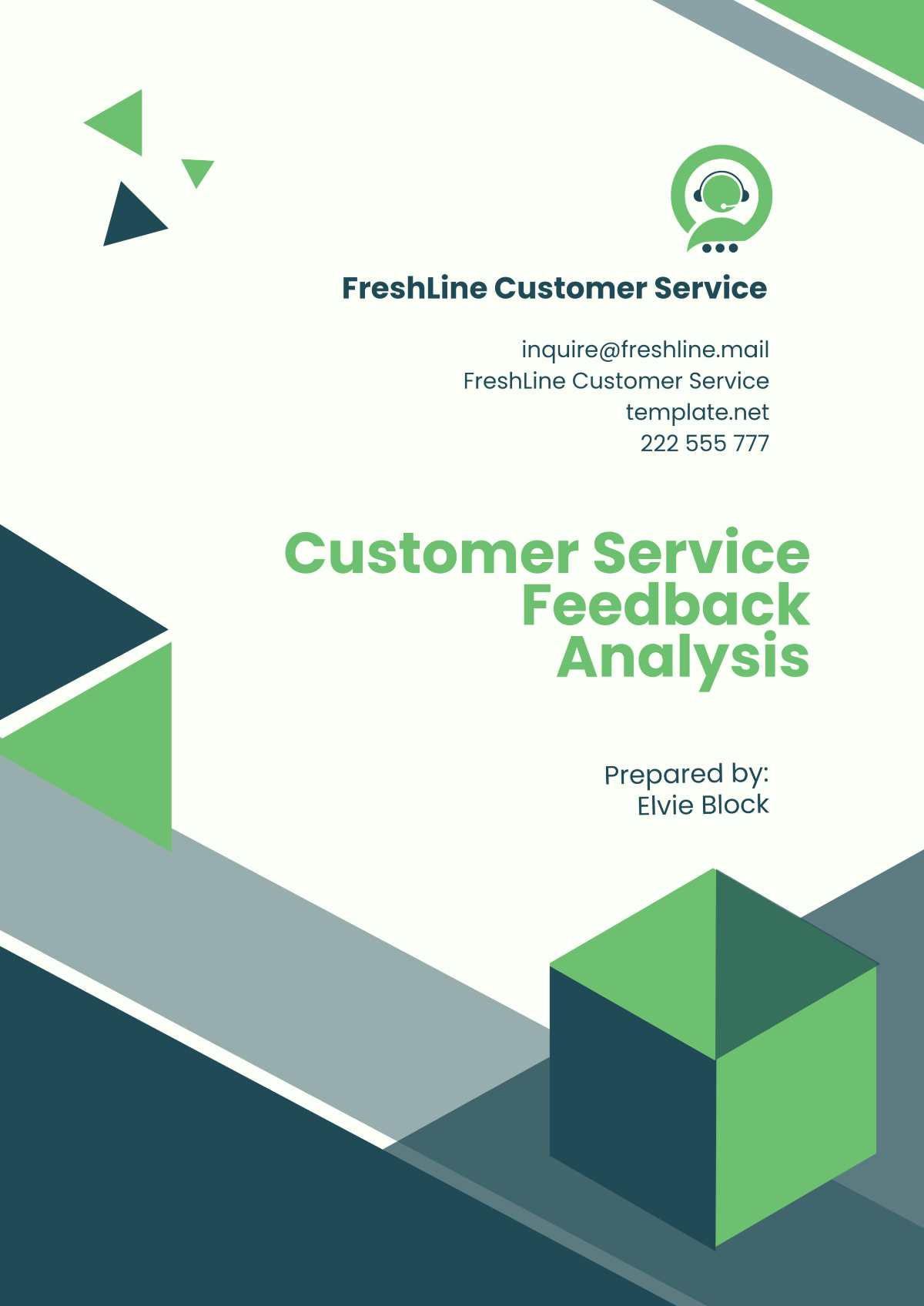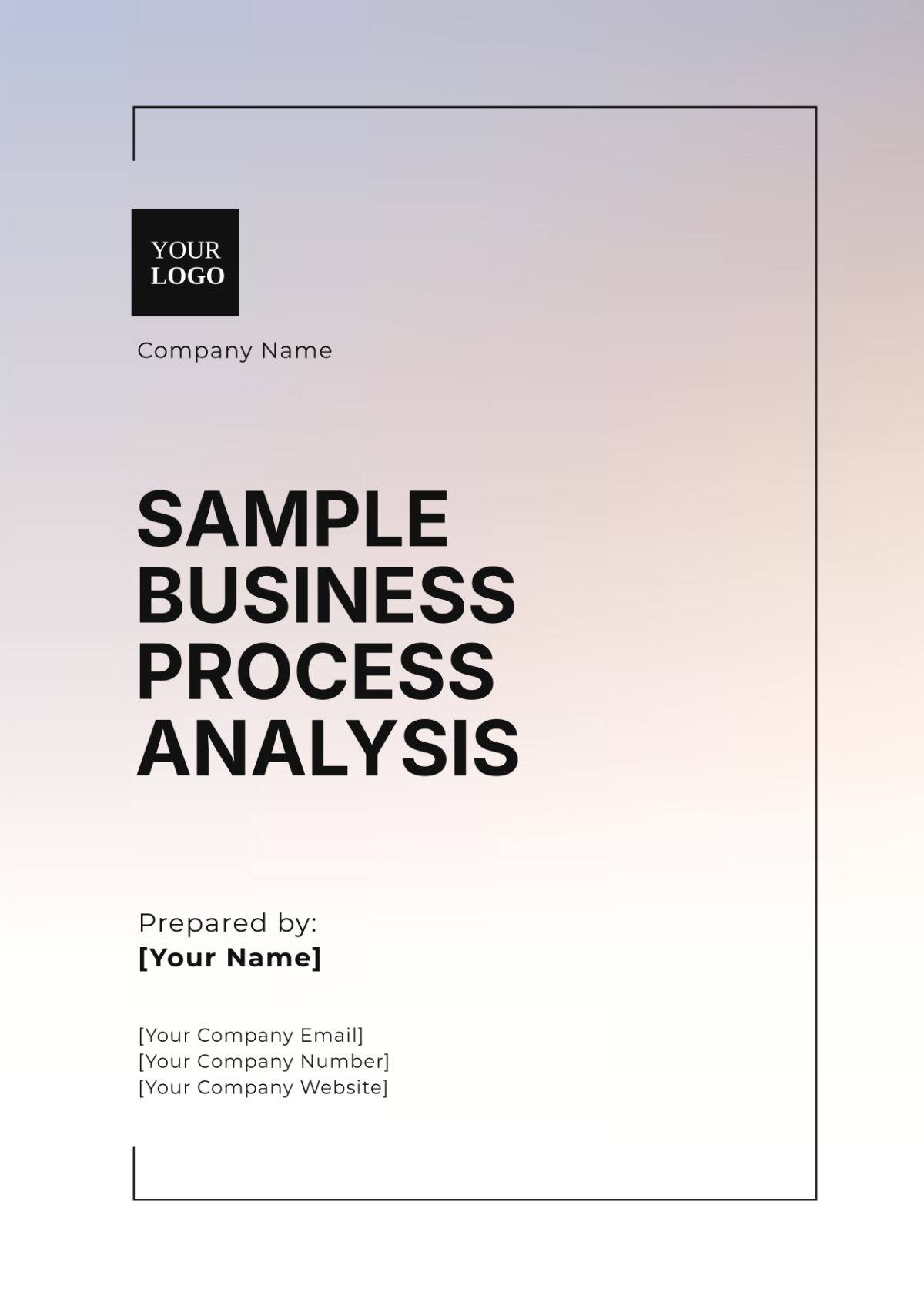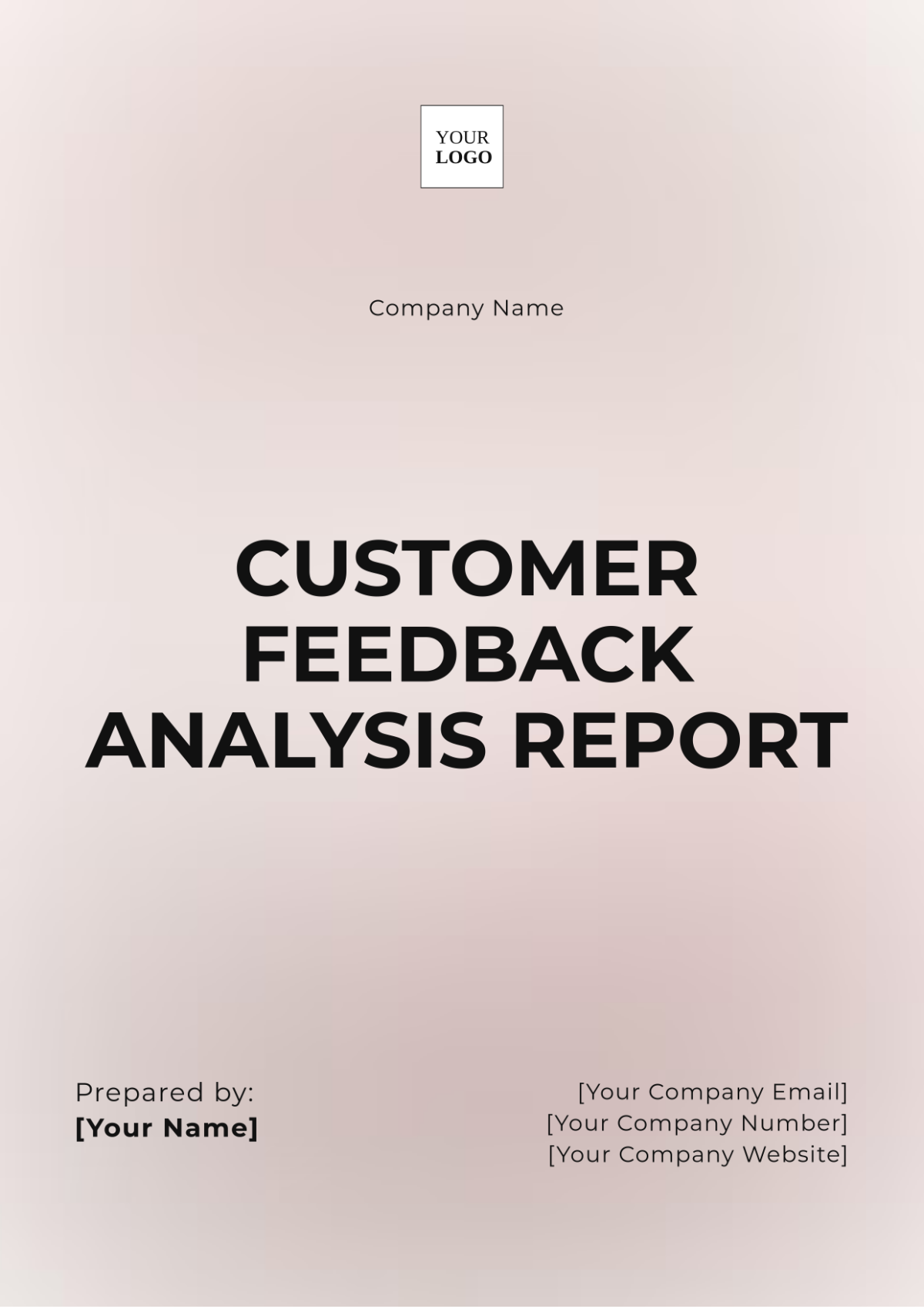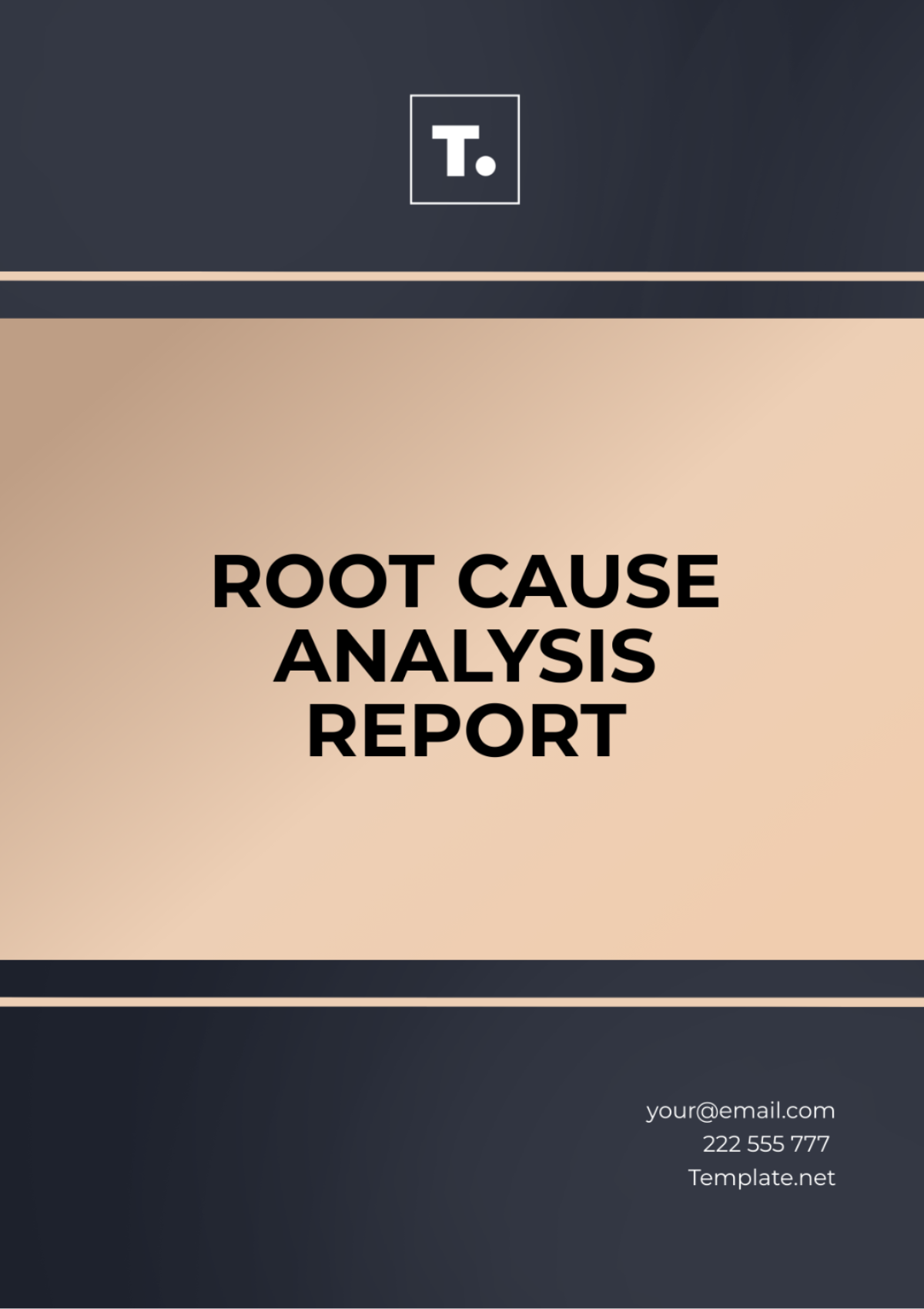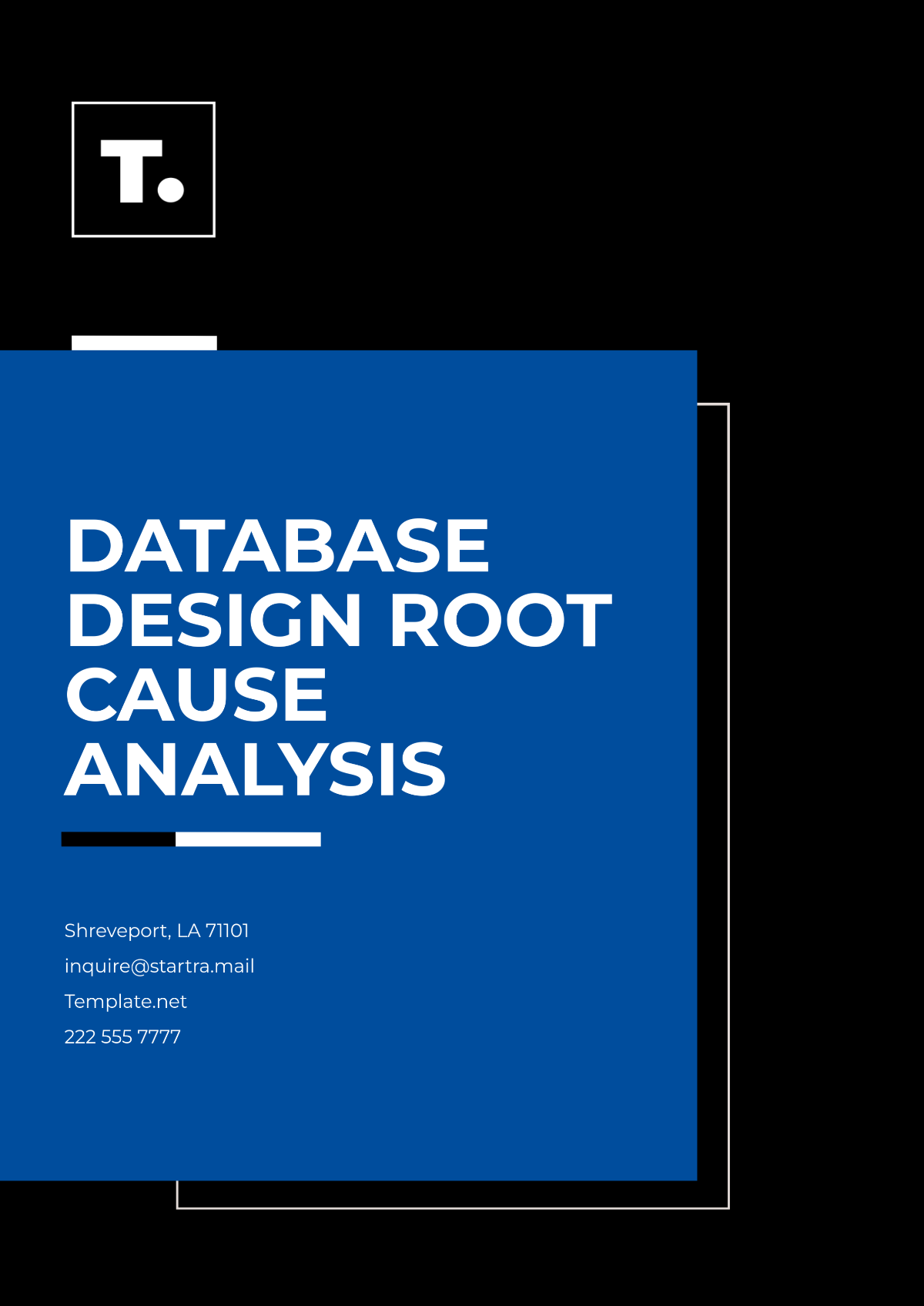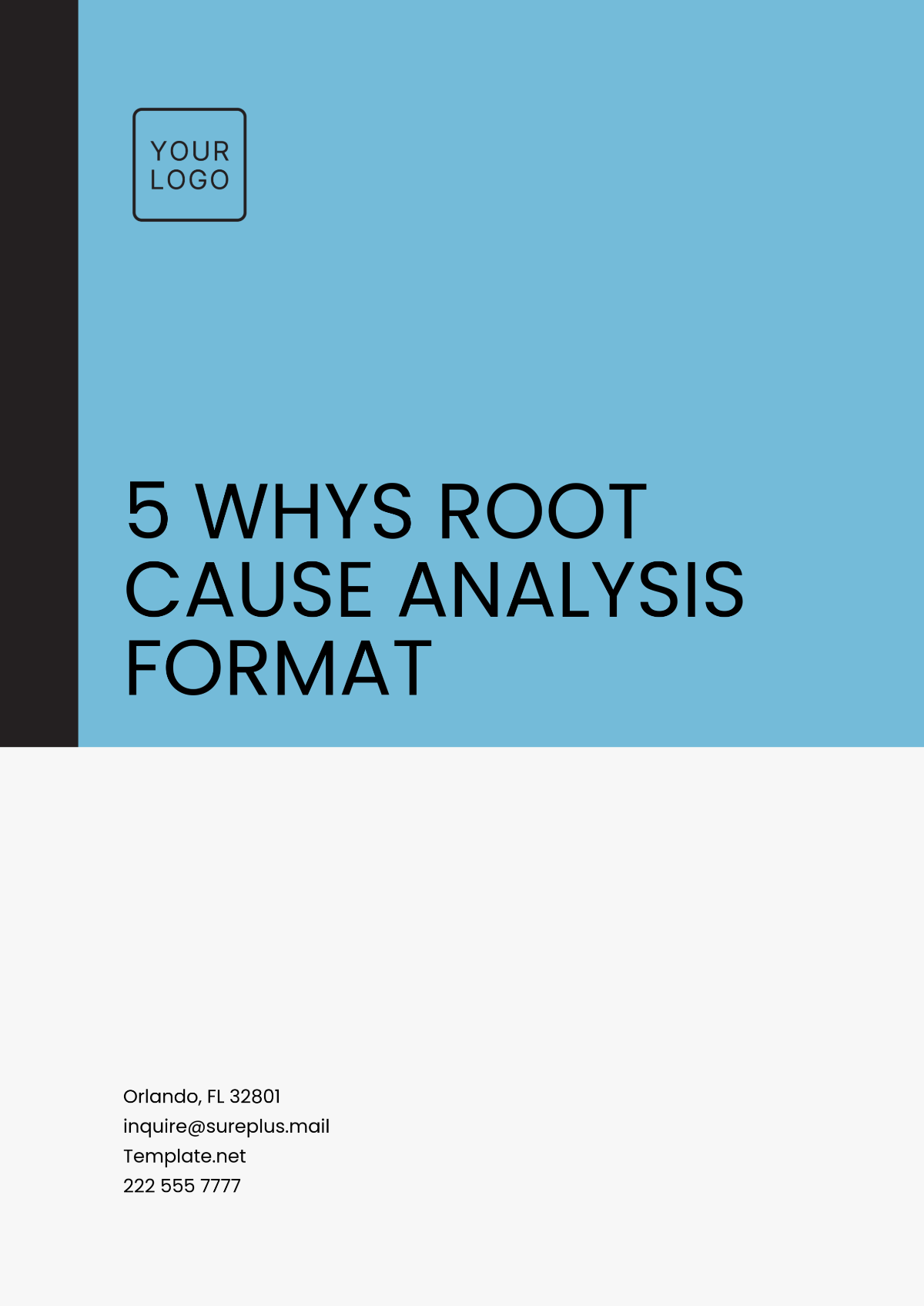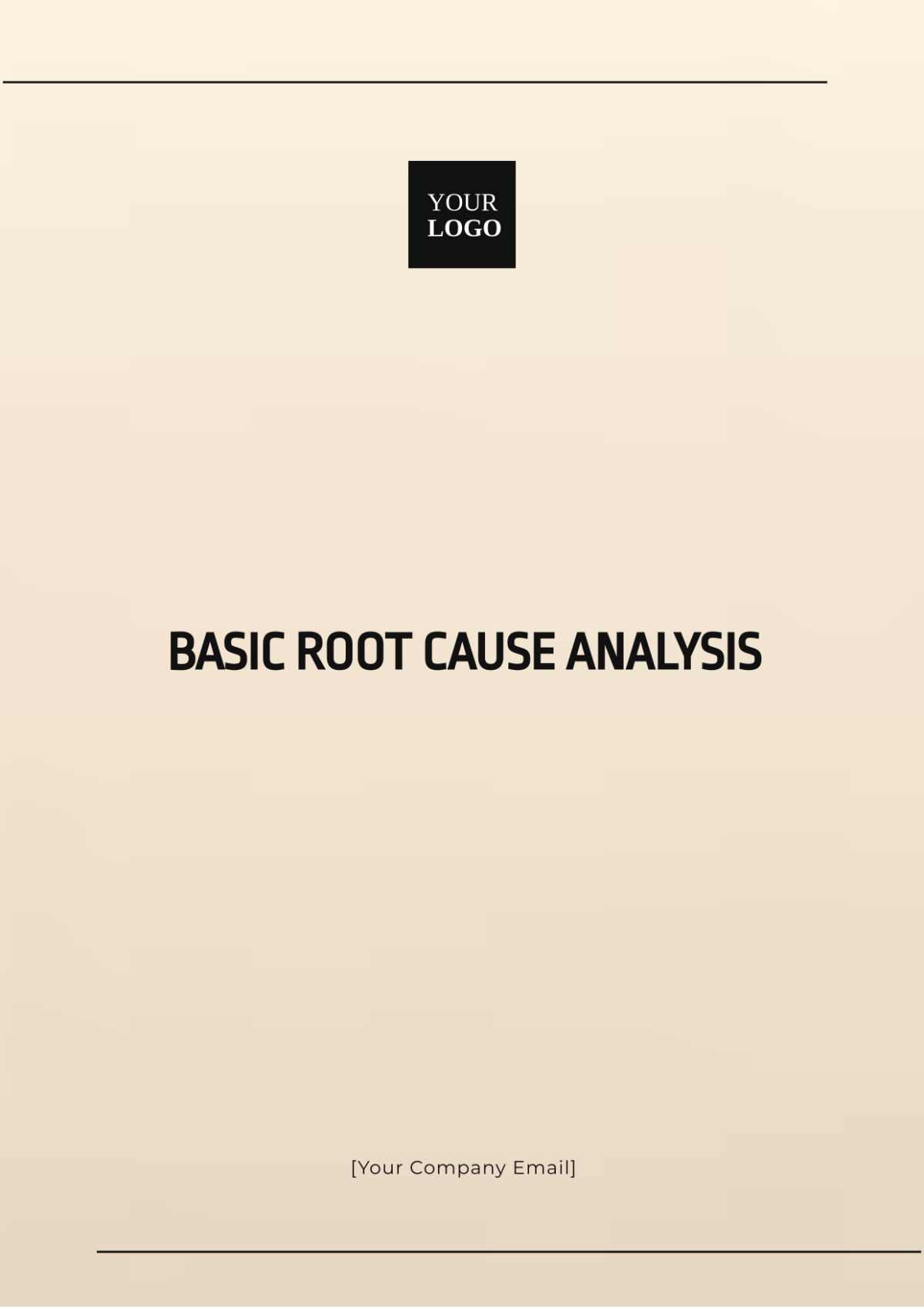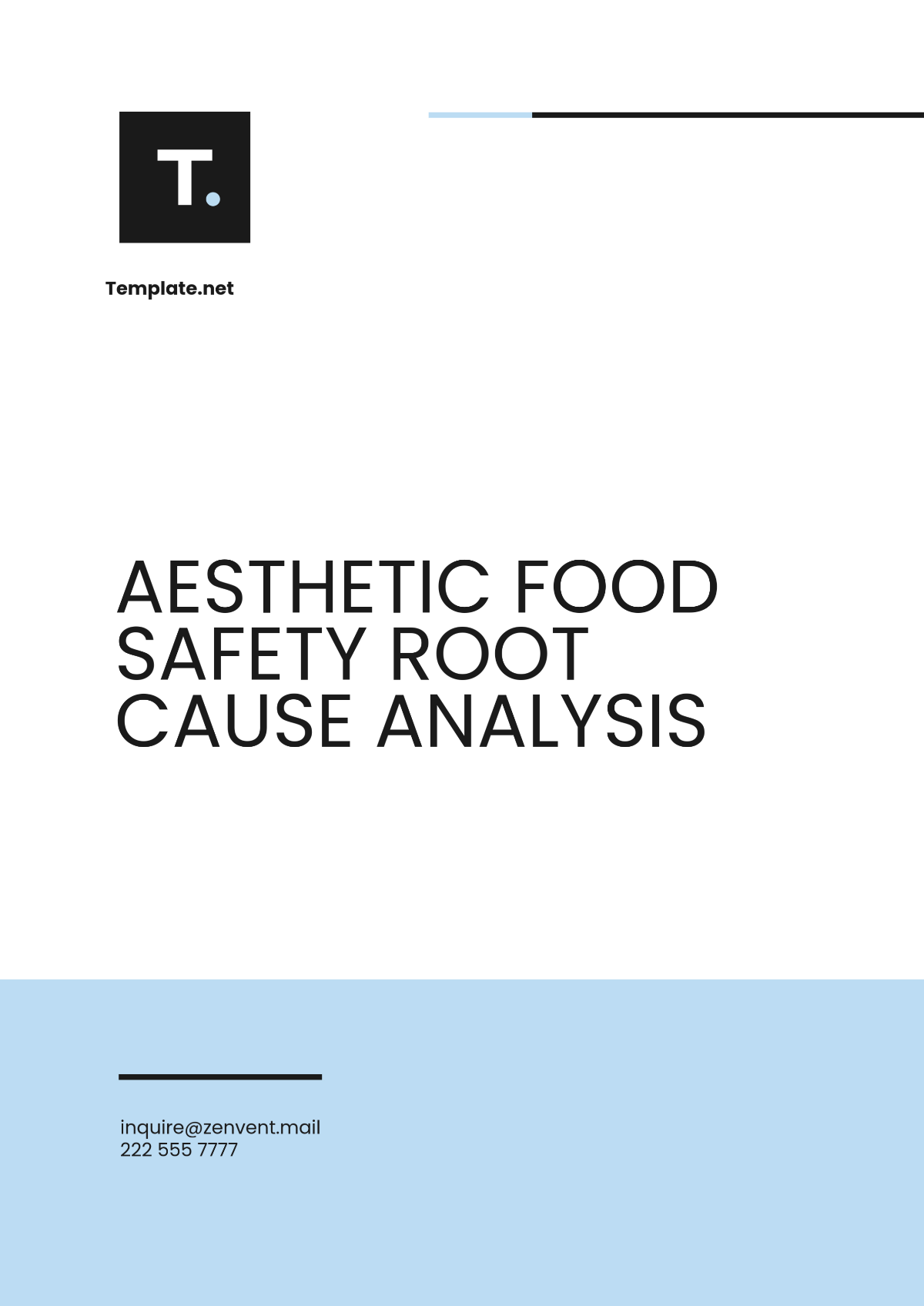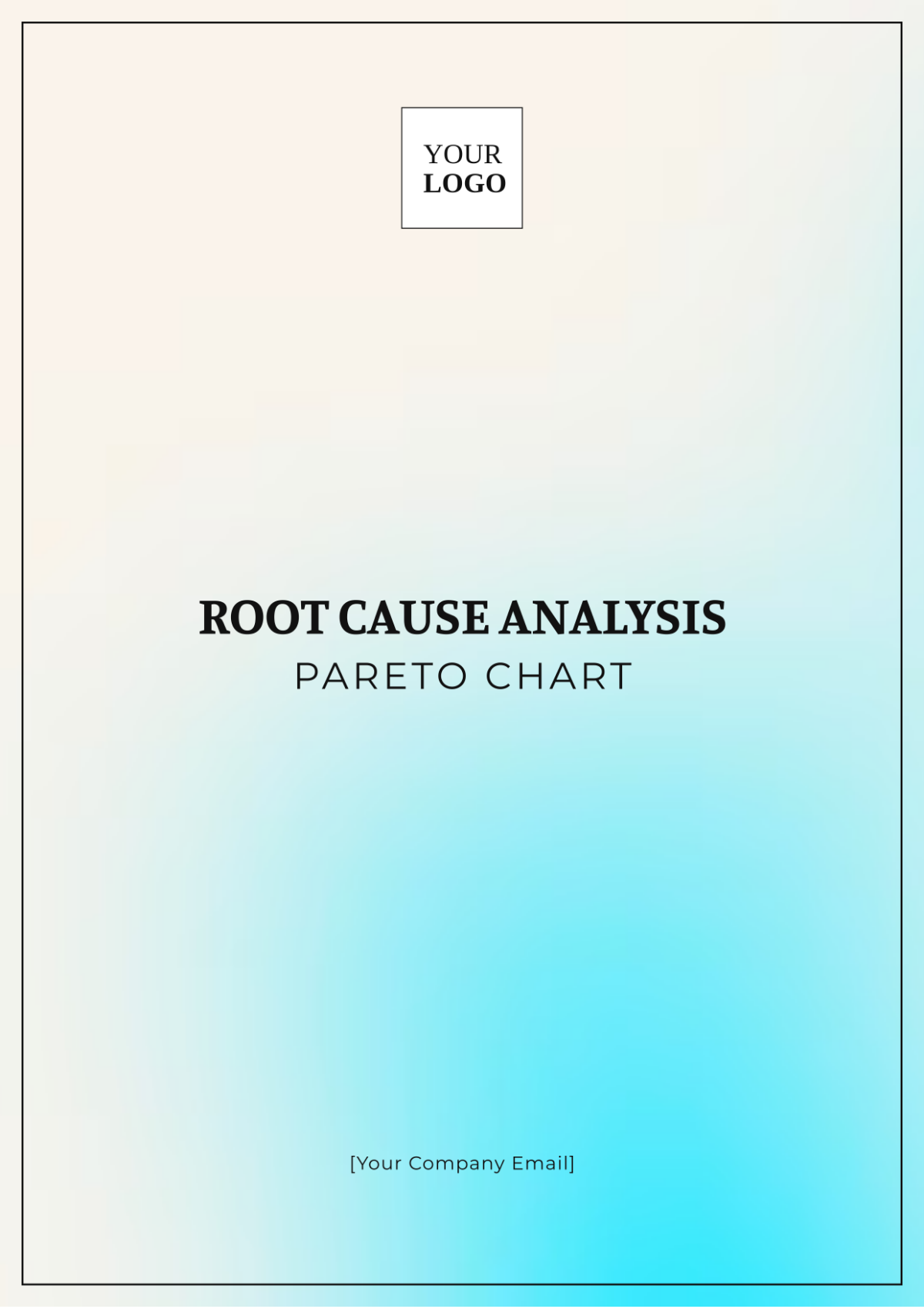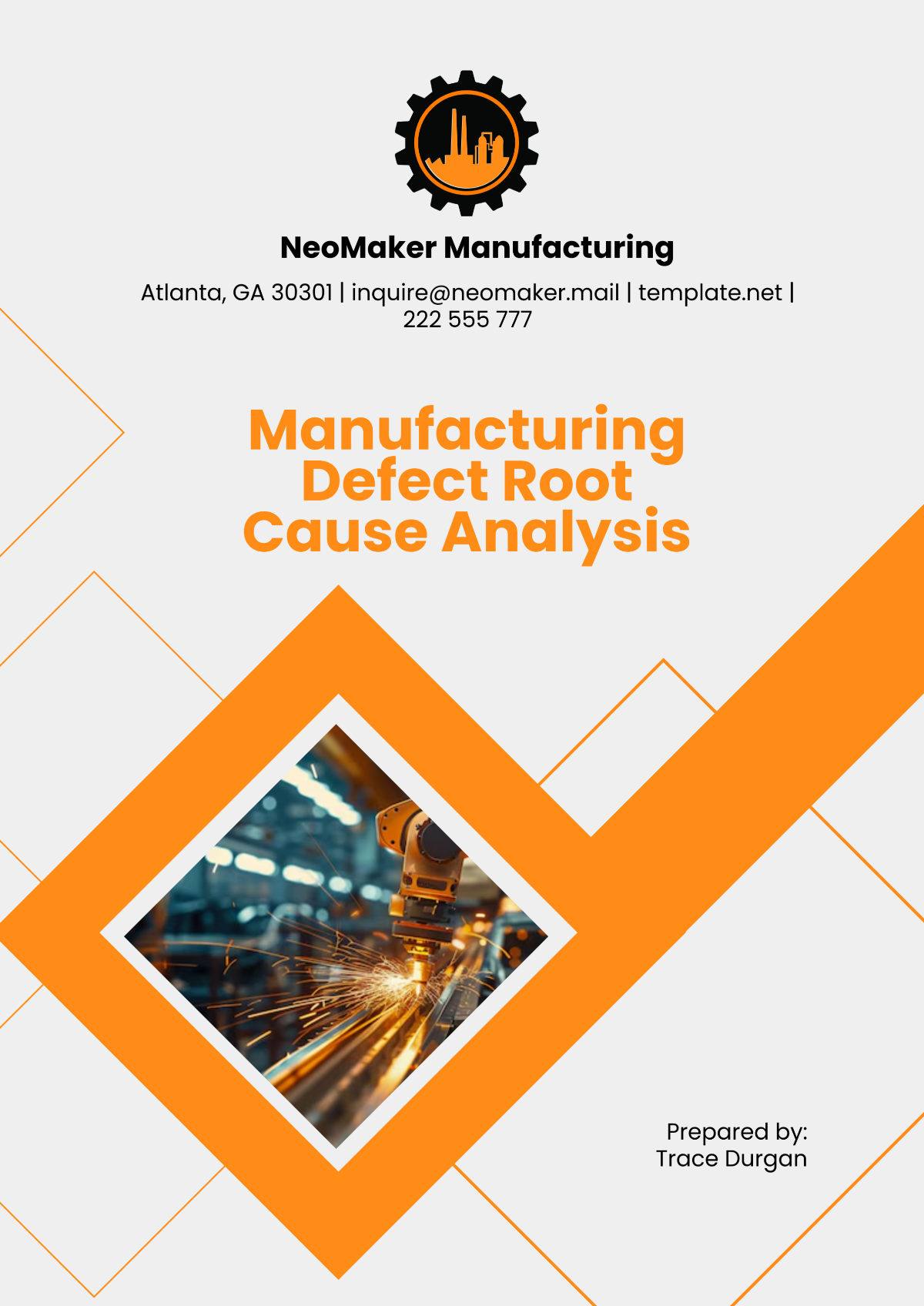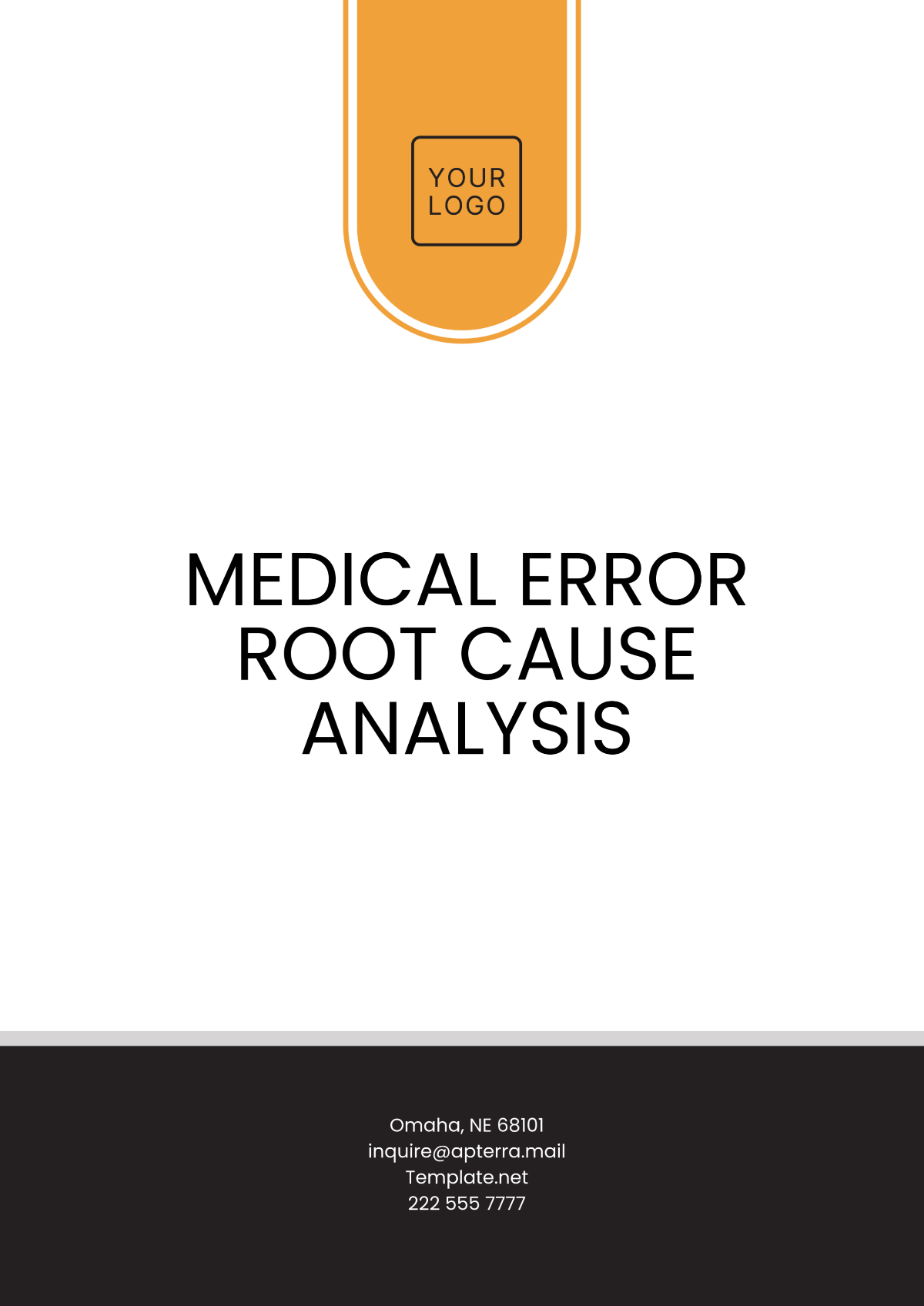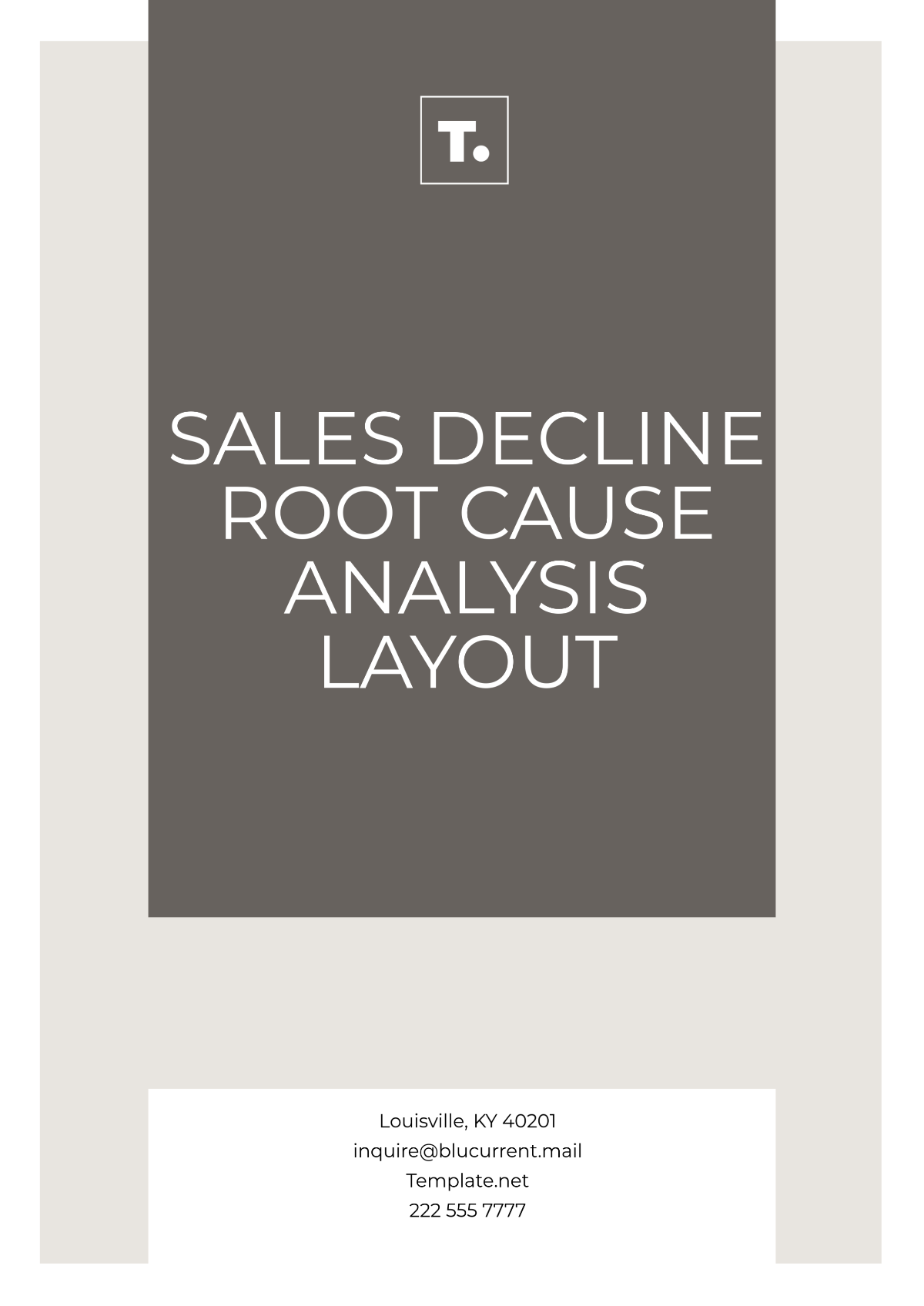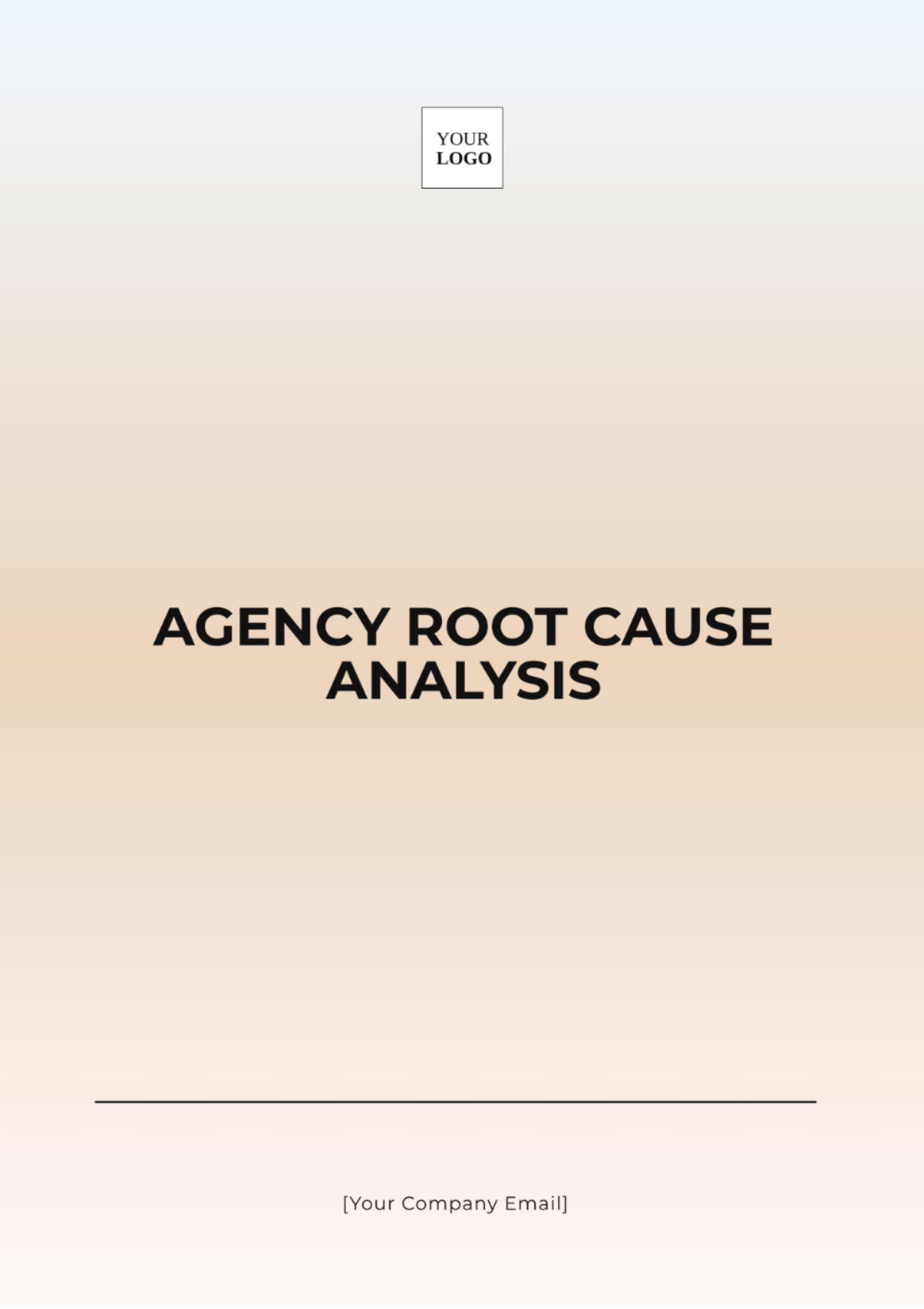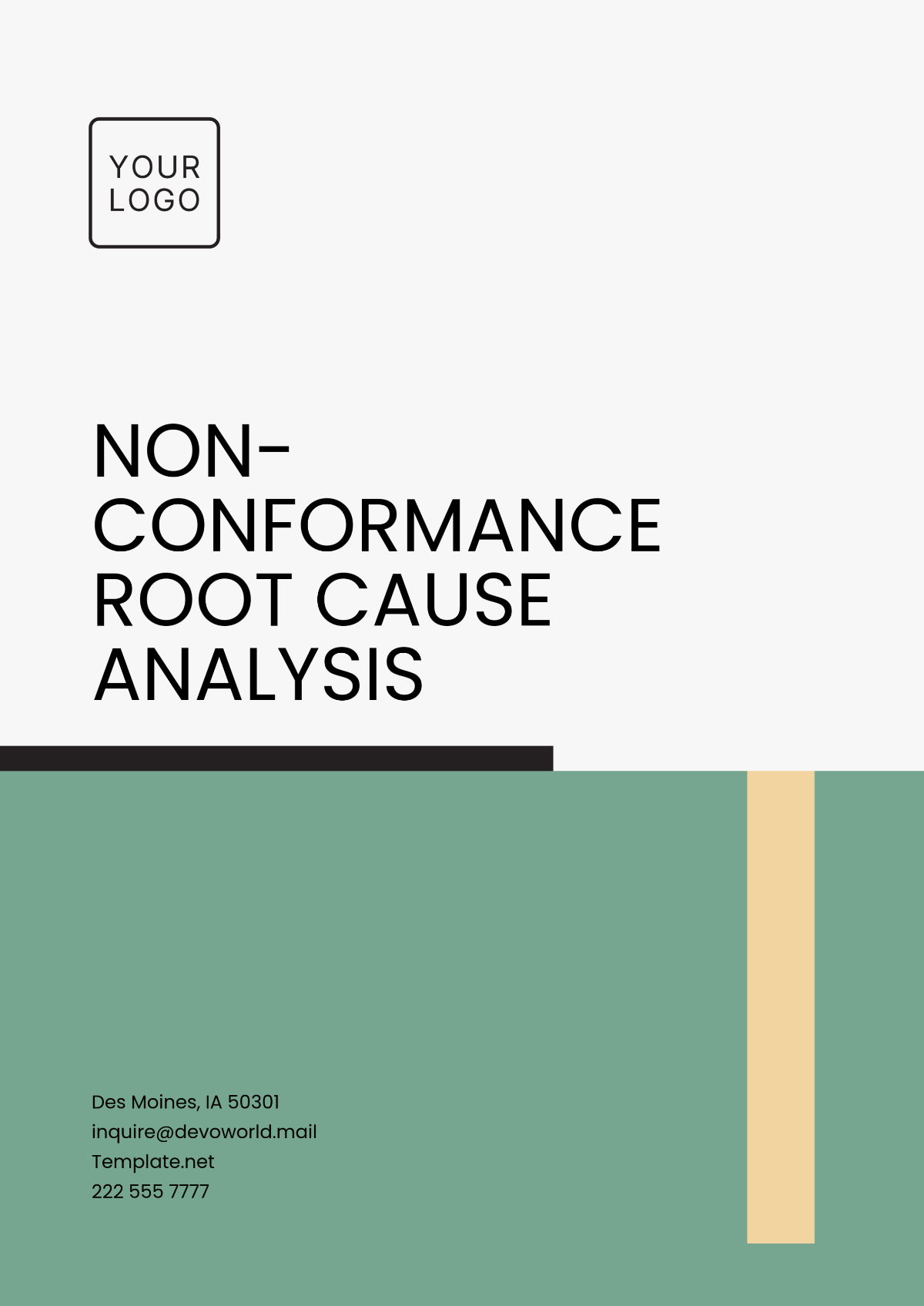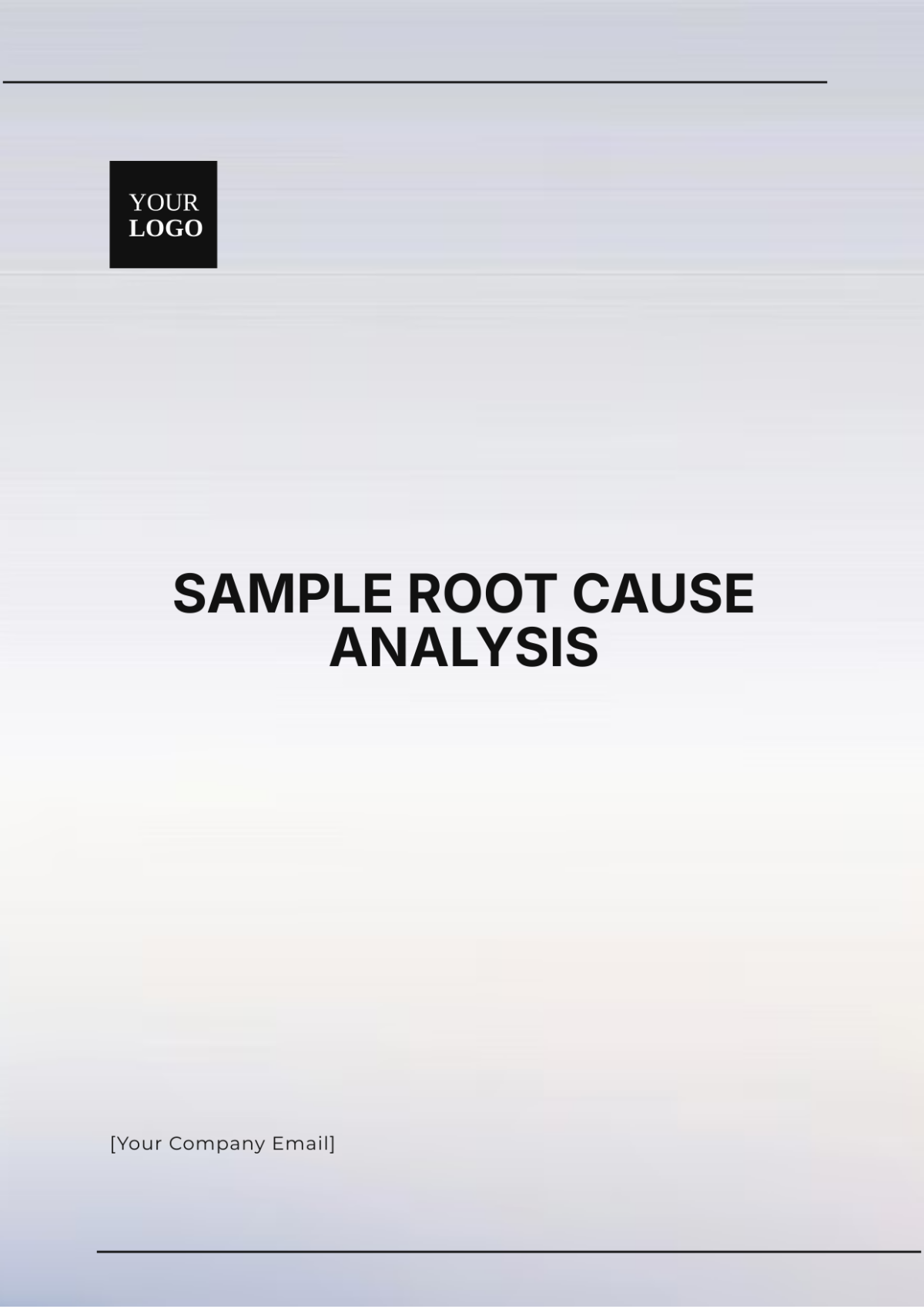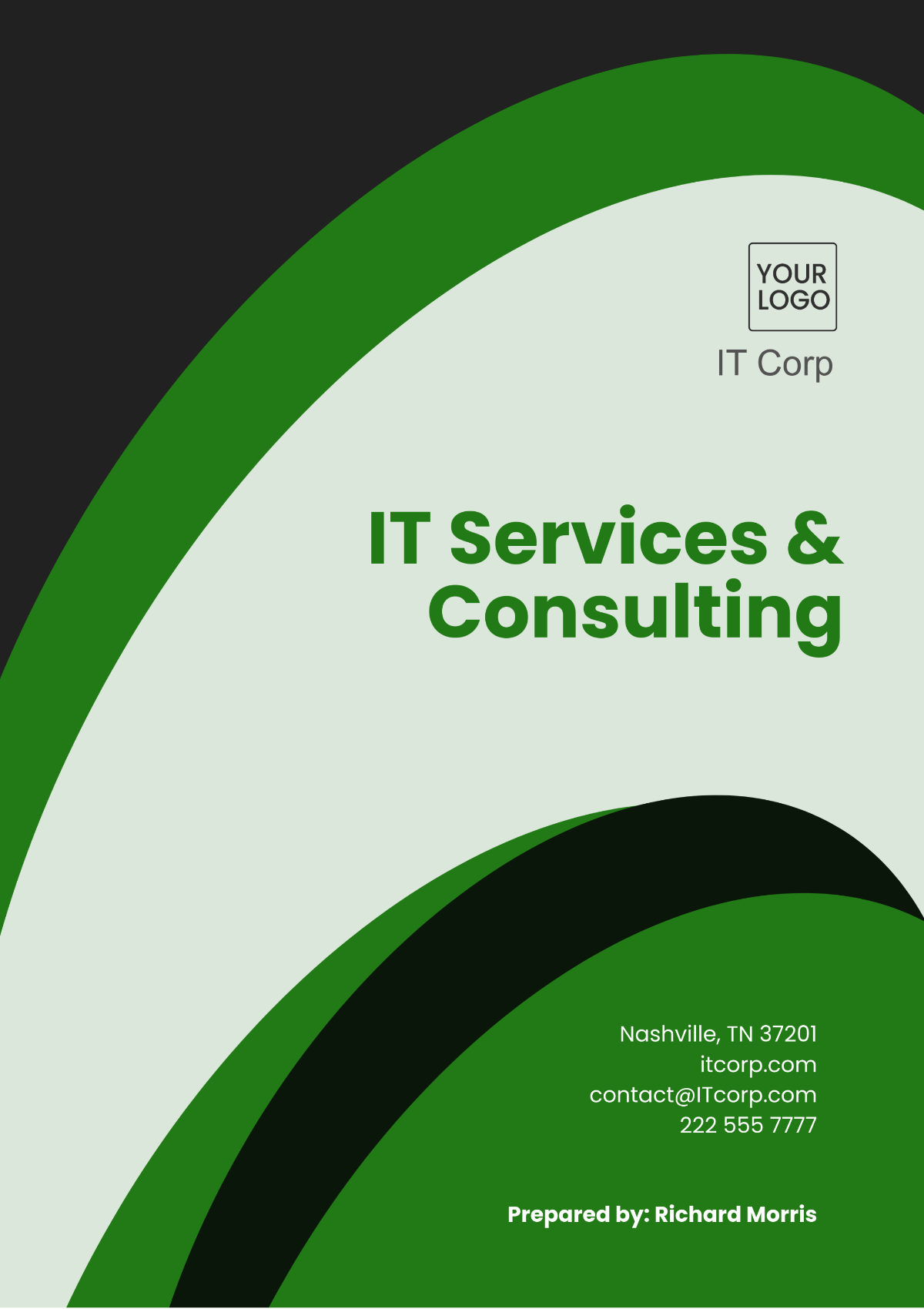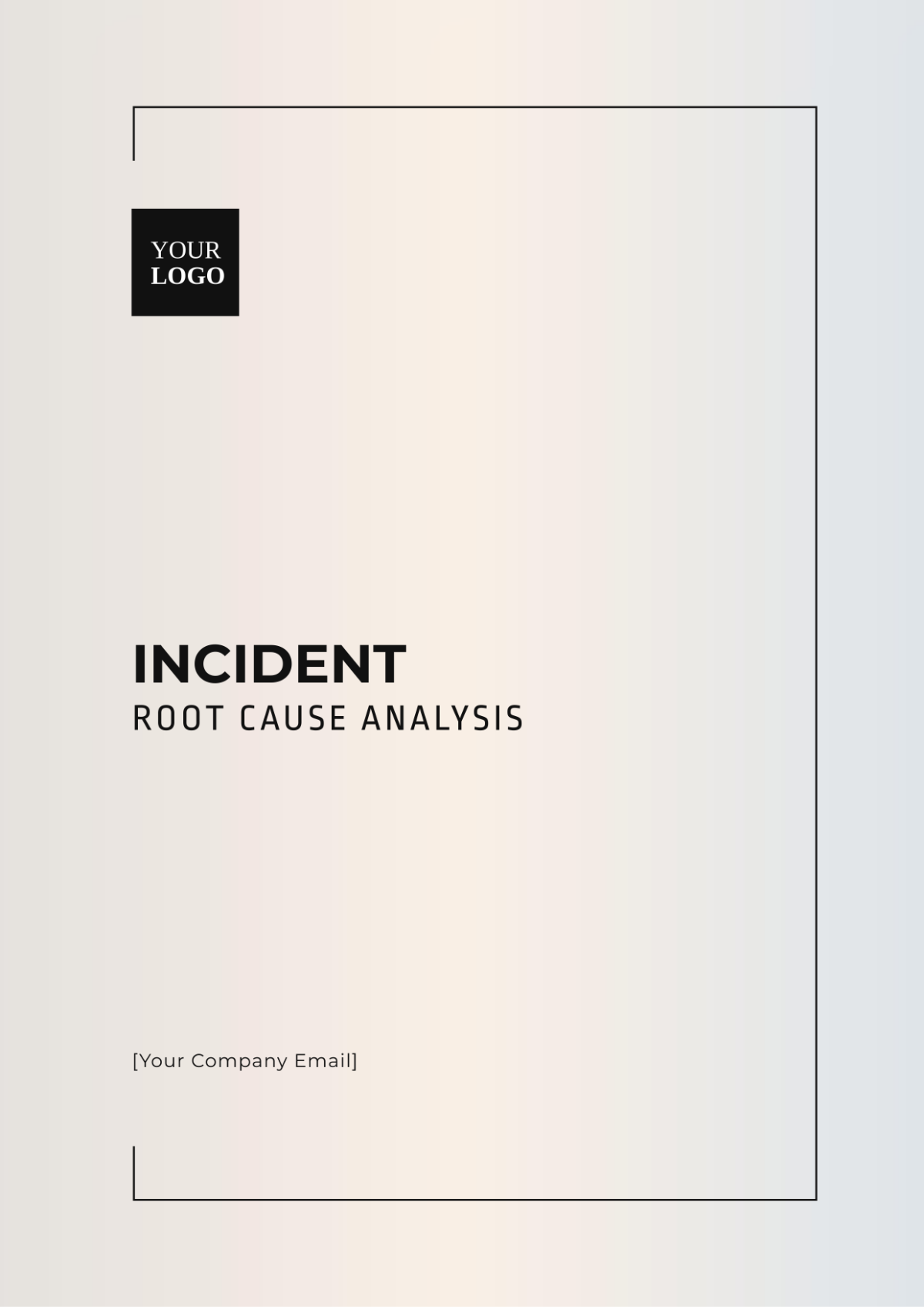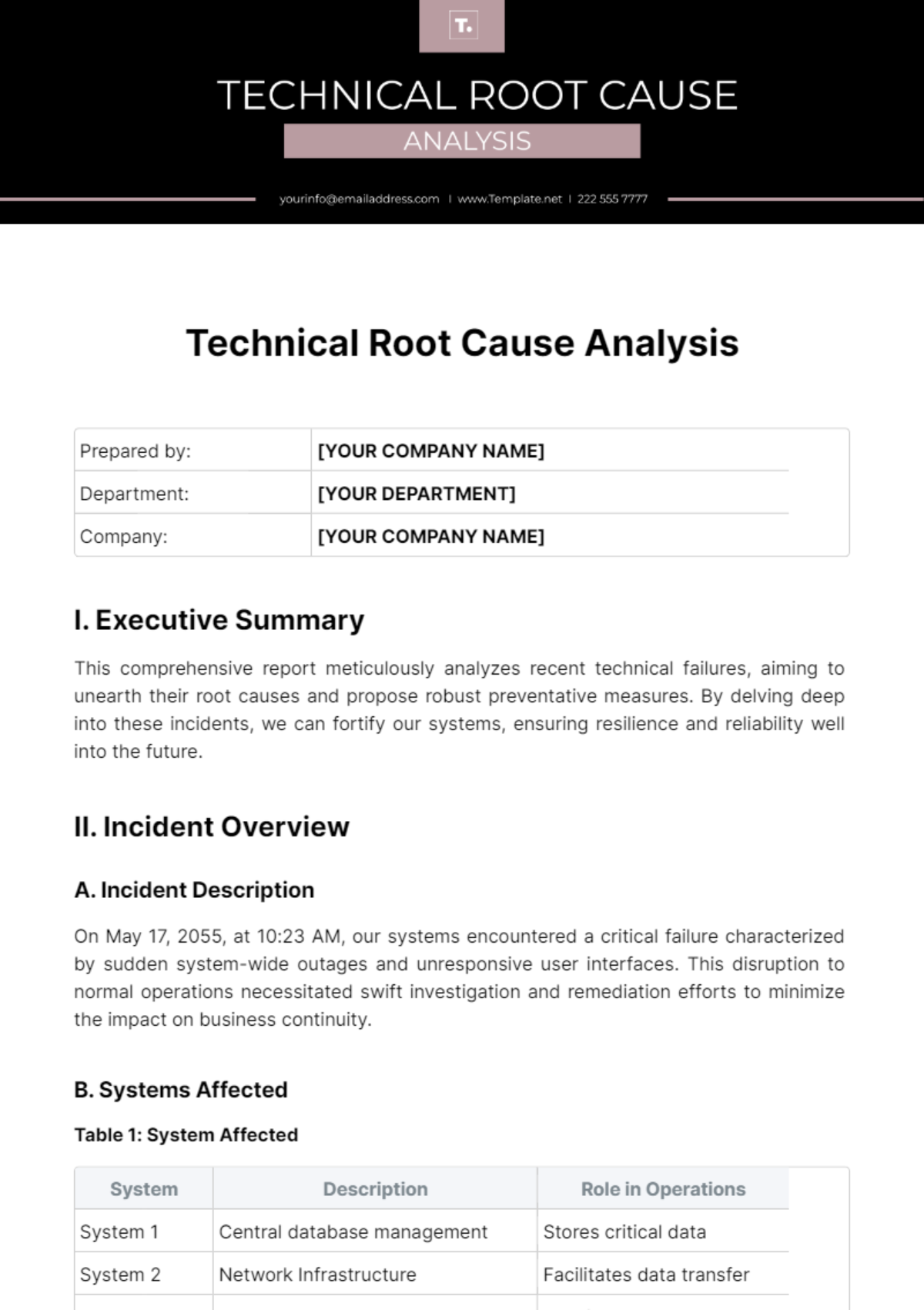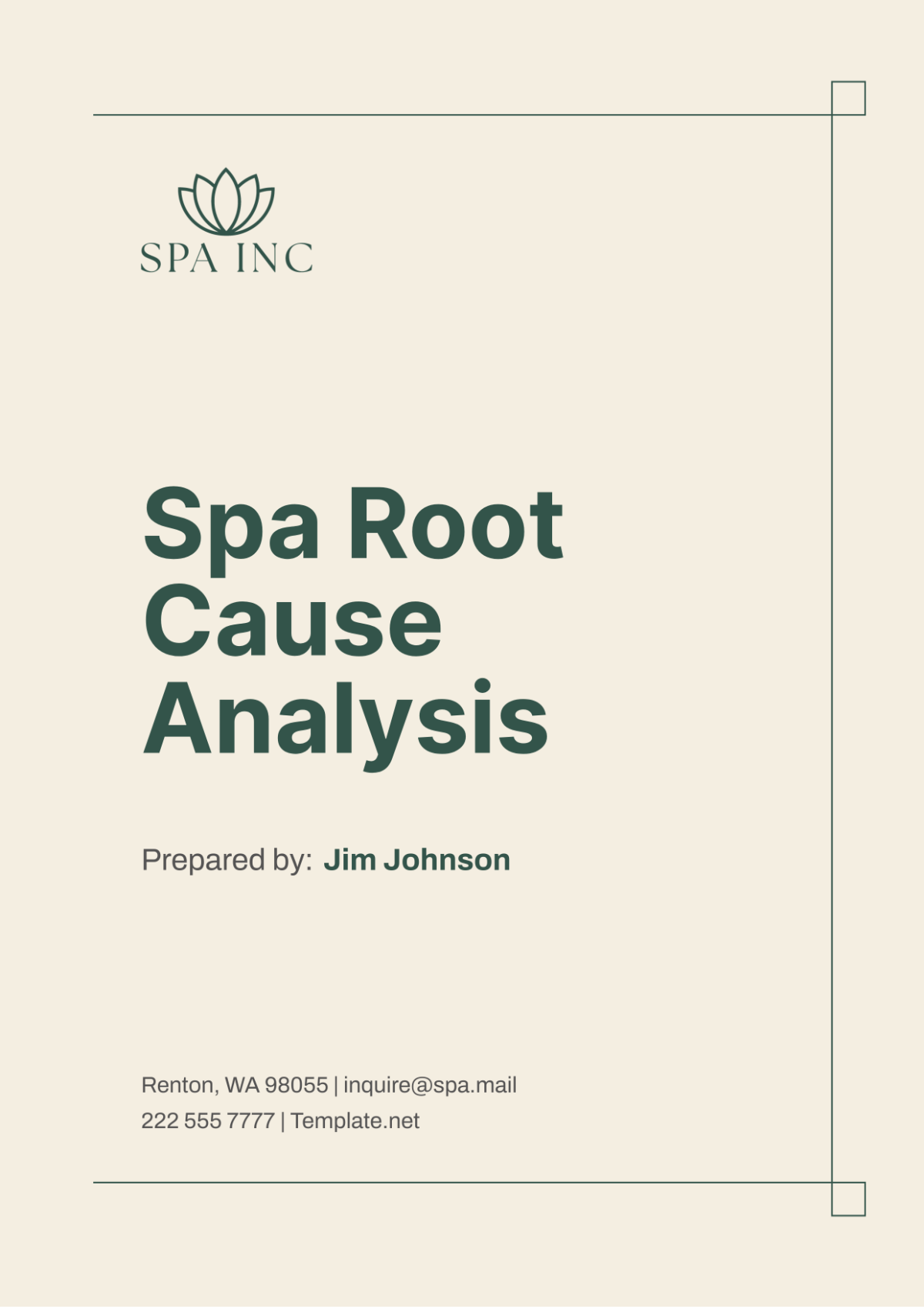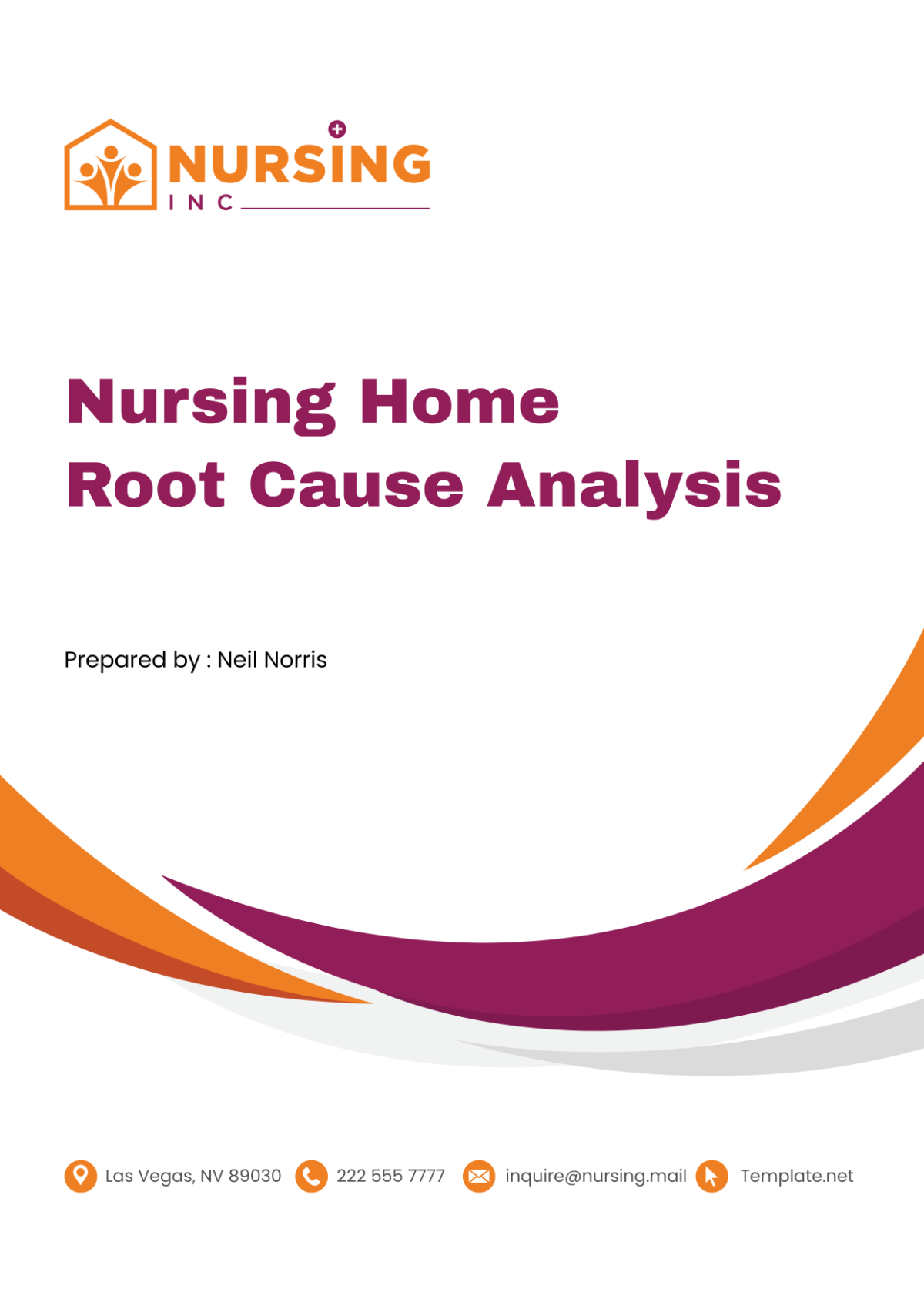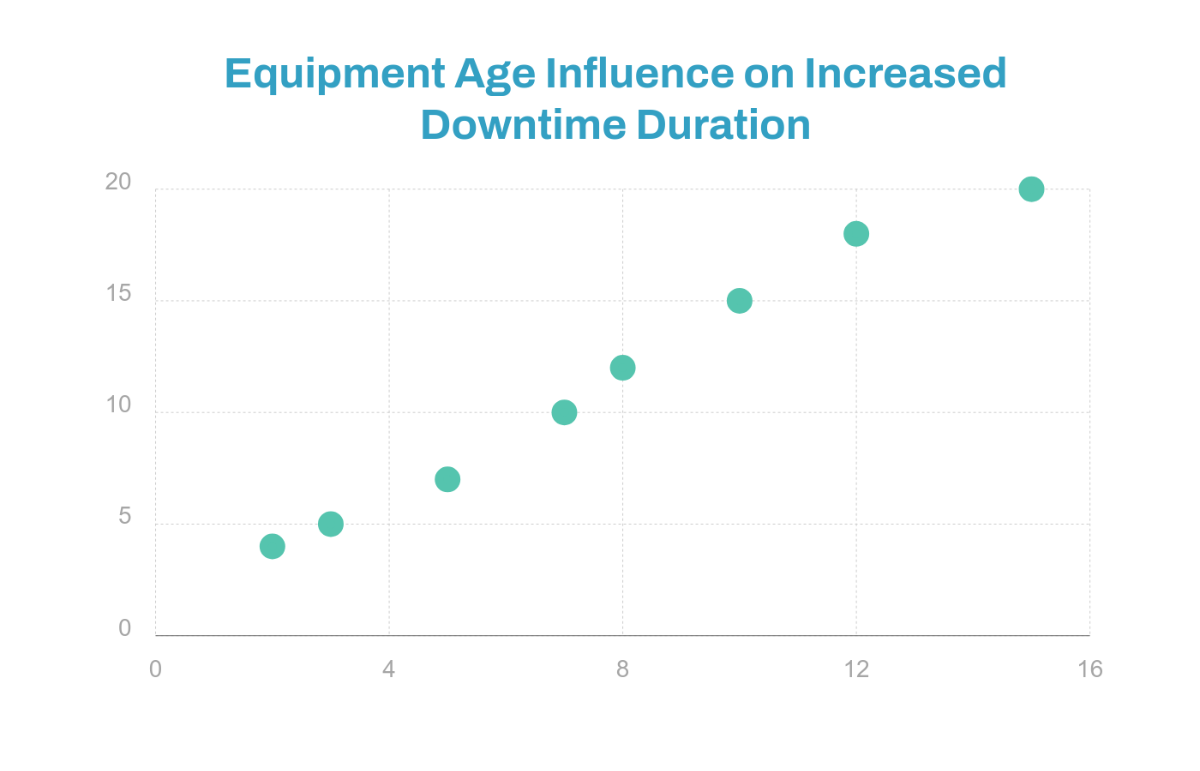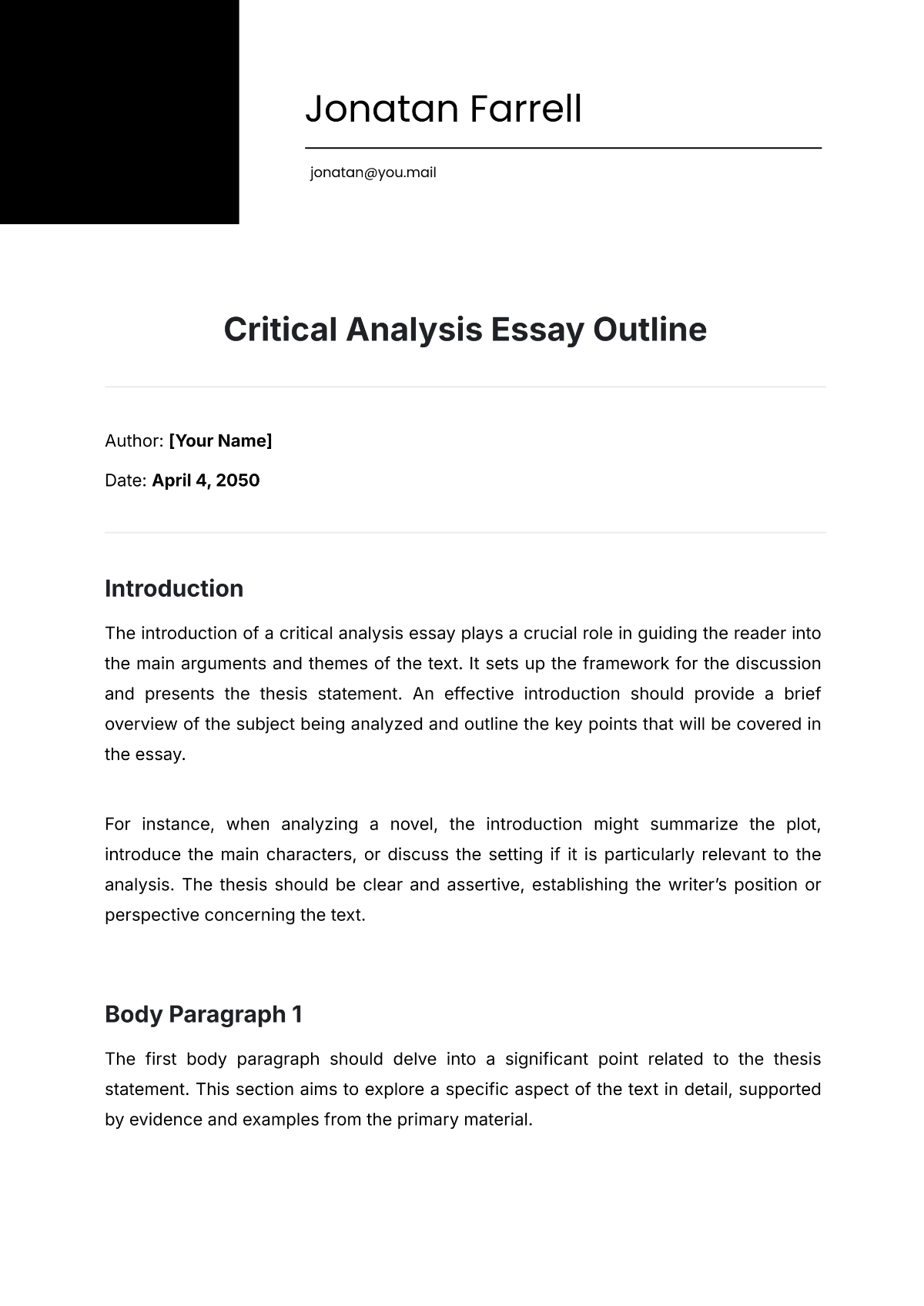Employee Satisfaction and Feedback Analysis HR
Introduction
In our ongoing commitment to creating a positive and productive workplace, we recognize the importance of understanding and addressing the needs and concerns of our employees. To this end, we have developed a comprehensive analysis of our employee satisfaction and feedback. This initiative is fundamental in gauging the overall sentiment and engagement levels within our organization. By systematically collecting and analyzing feedback, we aim to uncover insights that will help us enhance the work environment, improve managerial practices, and support the professional and personal growth of our team members. This analysis is not just a tool for measurement but a cornerstone of our strategy to foster a culture of openness, trust, and continuous improvement.
Objectives of the Analysis
The primary objectives of our Employee Satisfaction and Feedback Analysis are:
Identify Strengths and Areas for Improvement: To understand what aspects of our work environment and culture are thriving and which areas require attention.
Enhance Employee Engagement and Morale: To use the insights gained to implement targeted initiatives that boost morale and engagement.
Improve Retention Rates: By addressing concerns and enhancing satisfaction, we aim to increase our employee retention rate.
Align Organizational Practices with Employee Expectations: To ensure that our policies, procedures, and culture align with the evolving expectations of our workforce.
Track Progress Over Time: To establish benchmarks and continuously monitor our progress in enhancing employee satisfaction.
Scope of the Analysis
The scope of our Employee Satisfaction and Feedback Analysis encompasses all departments and levels within our organization, from entry-level positions to senior management. This inclusive approach ensures that we capture a comprehensive view of employee sentiment across various job functions, work environments, and locations. Scheduled to be conducted annually, this analysis allows us to track trends over time, gauge the effectiveness of implemented changes, and adjust our strategies to meet the evolving needs of our workforce. By covering a broad spectrum of our organizational structure, we aim to foster a workplace where every voice is heard and valued, and where actionable insights lead to meaningful improvements.
Methodology
To gather a rich and diverse set of employee insights, we employed multiple methodologies for feedback collection. This multi-faceted approach ensures that we capture a wide range of perspectives and provide employees with various avenues to express their thoughts and experiences.
Surveys: Anonymized online surveys were distributed to all employees, featuring both quantitative and qualitative questions. This allows for broad participation and the ability to analyze trends statistically.
Interviews: One-on-one interviews with a cross-section of employees, selected based on department, role, and tenure, to delve deeper into individual experiences and suggestions.
Focus Groups: Small group discussions facilitated by HR to explore specific topics in more detail, encouraging open dialogue and idea sharing.
Suggestion Boxes: Both physical and digital suggestion boxes were available year-round for employees to submit feedback anonymously at any time.
Performance Appraisals: Incorporating feedback questions into regular performance appraisals to gather insights within the context of individual performance discussions.
Key Areas of Inquiry
Our analysis focuses on several key areas crucial to understanding and improving employee satisfaction and engagement. These areas have been selected based on preliminary feedback and organizational priorities.
Job Satisfaction: Assessing how employees feel about their roles, responsibilities, workload, and the meaningfulness of their work.
Work Environment: Evaluating the physical and psychological aspects of the workplace, including safety, resources, and the overall atmosphere.
Management and Leadership: Gathering feedback on the effectiveness of managerial support, communication, decision-making, and leadership styles.
Professional Development: Understanding employees' perspectives on the availability and quality of training, career advancement opportunities, and skill development.
Compensation and Benefits: Examining satisfaction with salary, benefits, recognition programs, and other forms of compensation.
Work-Life Balance: Assessing how well employees feel the organization supports their ability to balance work demands with personal life.
Findings
Our comprehensive analysis focused on several pivotal aspects of employee satisfaction and engagement within our organization. The collected data revealed insights into job satisfaction, work environment, management and leadership, professional development, compensation and benefits, and work-life balance.
Table 1: Job Satisfaction
Aspect | Satisfaction Level (%) |
Role Clarity | 85 |
Workload Management | 70 |
Sense of Achievement | 75 |
Autonomy | 80 |
The findings indicate a high level of clarity in roles and autonomy, with 85% and 80% satisfaction rates, respectively, suggesting that employees feel confident about their responsibilities and empowered in their positions. However, workload management shows a relatively lower satisfaction level at 70%, indicating a potential area for improvement in balancing tasks and reducing stress. The sense of achievement is satisfactory but highlights an opportunity to enhance acknowledgment and celebration of employee contributions.
Table 2: Work Environment
Aspect | Satisfaction Level (%) |
Safety | 95 |
Resources | 80 |
Workplace Atmosphere | 65 |
The safety of the work environment is highly rated at 95%, reflecting our commitment to a secure workplace. Resources are adequately provided, with an 80% satisfaction level, though there may be room to improve in ensuring all employees have the tools they need to succeed. The workplace atmosphere, at 65%, suggests a need for initiatives to improve team dynamics, communication, and overall morale.
Table 3: Management and Leadership
Aspect | Satisfaction Level (%) |
Supportiveness | 75 |
Communication | 70 |
Decision-making | 60 |
Supportiveness from management is viewed positively, yet there's a noticeable gap in satisfaction with communication and decision-making processes. A 70% satisfaction level in communication and 60% in decision-making highlight the necessity for more transparent and inclusive approaches, suggesting that efforts to improve these areas could significantly impact overall employee satisfaction.
Table 4: Professional Development
Aspect | Satisfaction Level (%) |
Training Opportunities | 65 |
Career Advancement | 55 |
Skill Development | 70 |
The data indicates a need for enhanced focus on professional development, with career advancement opportunities rated at only 55% satisfaction. While skill development is relatively higher, at 70%, the desire for more robust training programs and clear career pathways is evident, underlining the importance of investing in employee growth and development strategies.
Table 5: Compensation and Benefits
Aspect | Satisfaction Level (%) |
Salary | 60 |
Benefits | 75 |
Recognition Programs | 70 |
Satisfaction with compensation and benefits reveals mixed feelings, with salary satisfaction at a lower 60%, indicating concerns over pay equity or market competitiveness. Benefits and recognition programs fare better, suggesting that while our benefits package is valued, a review of our compensation strategy may be necessary to address pay-related concerns.
Table 6: Work-Life Balance
Aspect | Satisfaction Level (%) |
Flexibility | 80 |
Support Policies | 85 |
Work-life balance scores highly in our analysis, with flexibility and support policies receiving 80% and 85% satisfaction levels, respectively. This reflects our strong commitment to supporting our employees' needs outside of work, although continuous monitoring and adaptation of these policies will ensure they remain effective as employee needs evolve.
Action Plan
Based on the findings from our Employee Satisfaction and Feedback Analysis, we have developed a targeted action plan to address the identified areas for improvement. This plan outlines specific steps, timelines, and responsibilities to ensure effective implementation and measurable outcomes. Our goal is to enhance job satisfaction, improve the work environment, and foster a culture of continuous growth and development within our organization.
Step | Month | Responsibility |
Increase transparency in decision-making | 1-3 | Management Team |
Implement workload management initiatives | 1-4 | HR Department |
Launch a mentorship and career development program | 2-6 | Professional Development Team |
Review and adjust compensation strategy | 3-5 | Compensation Committee |
Enhance team-building and morale activities | 1-3 | HR Department |
Deploy new communication tools and platforms | 2-4 | IT Department |
Conduct professional development workshops | 4-6 | Professional Development Team |
Re-evaluate and enhance flexibility and support policies | 3-5 | HR Department |
Communication Strategy
To ensure the success of our action plan, a comprehensive communication strategy will be implemented. This strategy involves informing all employees about the forthcoming changes, the rationale behind them, and the expected benefits. Communication will be ongoing and multi-channel, utilizing internal newsletters, company-wide meetings, departmental briefings, and our intranet. Transparency and openness will be prioritized to foster trust and buy-in from all team members. Additionally, we will establish feedback channels to allow employees to share their thoughts and suggestions on the action plan’s implementation process, ensuring that communication is a two-way street.
Follow-up and Continuous Improvement
Our commitment to enhancing employee satisfaction and engagement is an ongoing process that requires regular follow-up and the willingness to adapt our strategies based on new insights. After the initial implementation of the action plan, we will conduct follow-up surveys and focus groups at 6 and 12 months to measure the impact of the changes and identify any areas needing further adjustment. Continuous improvement will be our guiding principle, with the HR department responsible for monitoring progress, evaluating the effectiveness of implemented actions, and making necessary adjustments. This iterative process ensures that our strategies remain responsive to the evolving needs and expectations of our employees, driving sustainable improvements in employee satisfaction and organizational performance.
